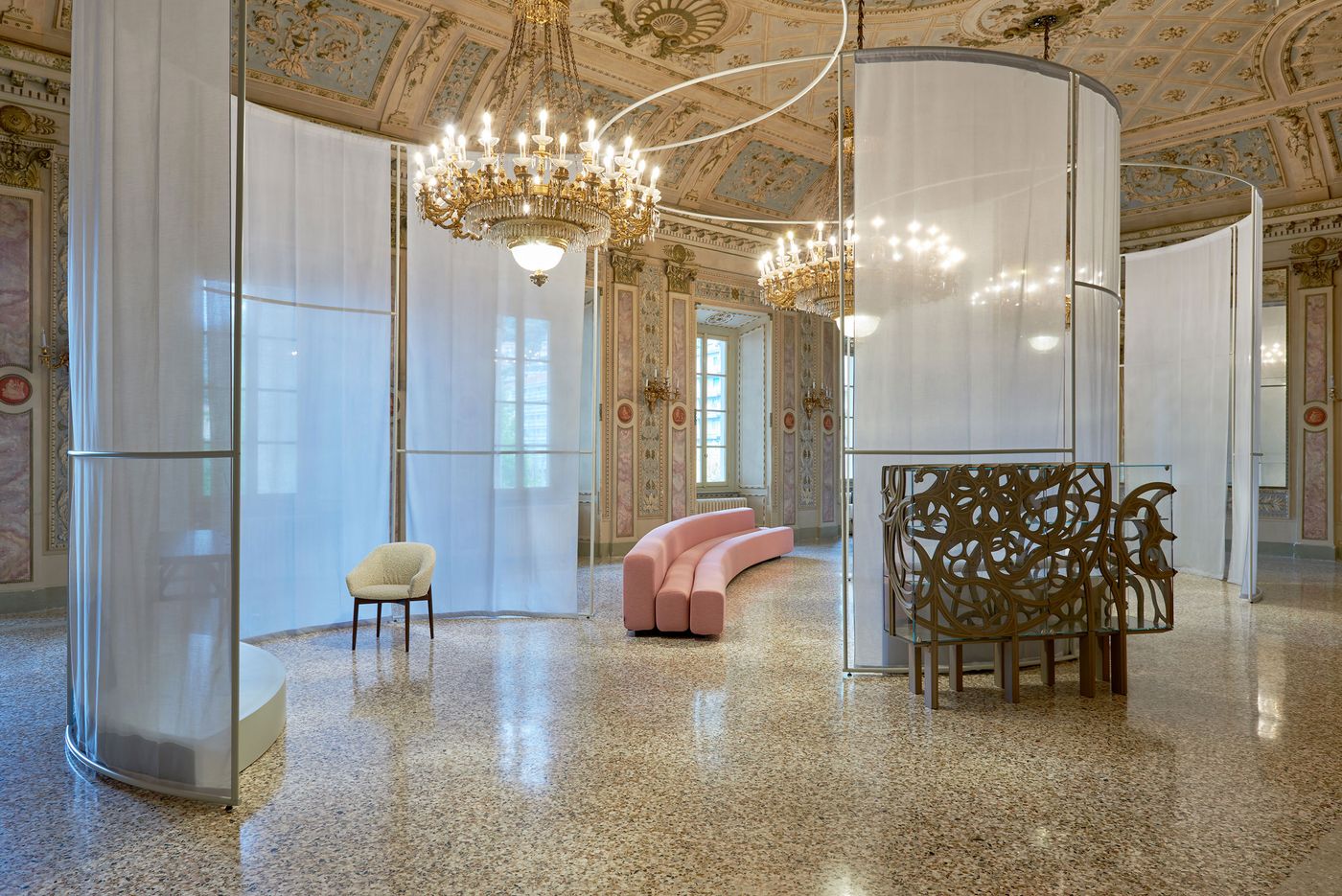
Lake Como Design Festival Examines How Contemporary Designers & Brands Approach the Past
Words by Yatzer
Location
Como, Italy
Lake Como Design Festival Examines How Contemporary Designers & Brands Approach the Past
Words by Yatzer
Como, Italy
Como, Italy
Location
Spread across several locations in the centre of Como, Italy, the third edition of Lake Como Design Festival (LCDF), which was held earlier this month, injected some much-needed momentum back into the historic city after more than a year of closures and restrictions. Not that this beautiful corner of Lombardy, world-renowned for its unique scenic beauty, needs much promotion, but the festival – previously known as Lake Como Design Fair – shone a spotlight on the area’s cultural heritage and creative industries, as well as offered visitors an opportunity to access some of Como’s most important historical buildings.
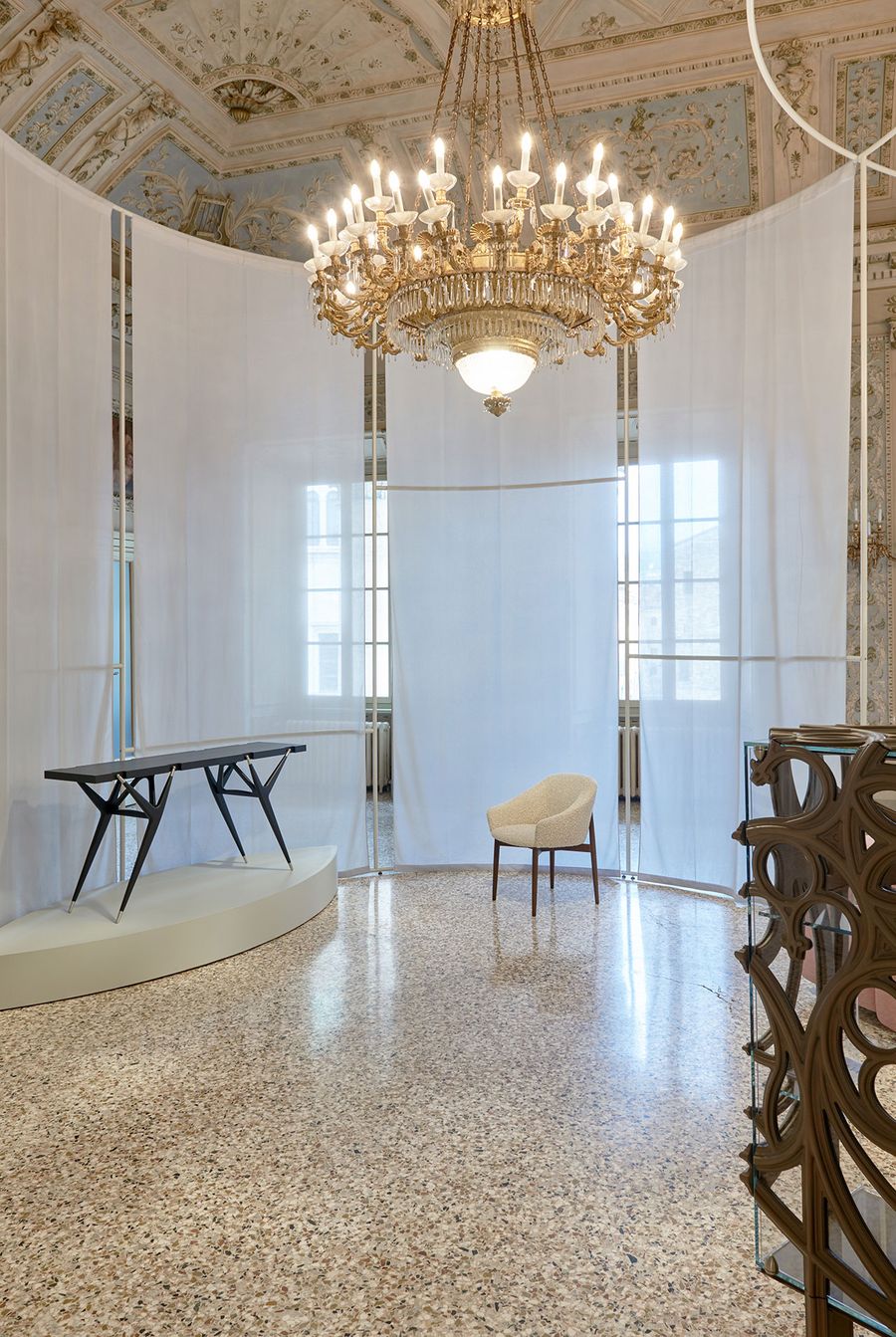
Installation view. History Repeating at Teatro Sociale Como, Sale del Ridotto. Photo Maurizio Cavallasca. Courtesy Lake Como Design Festival.
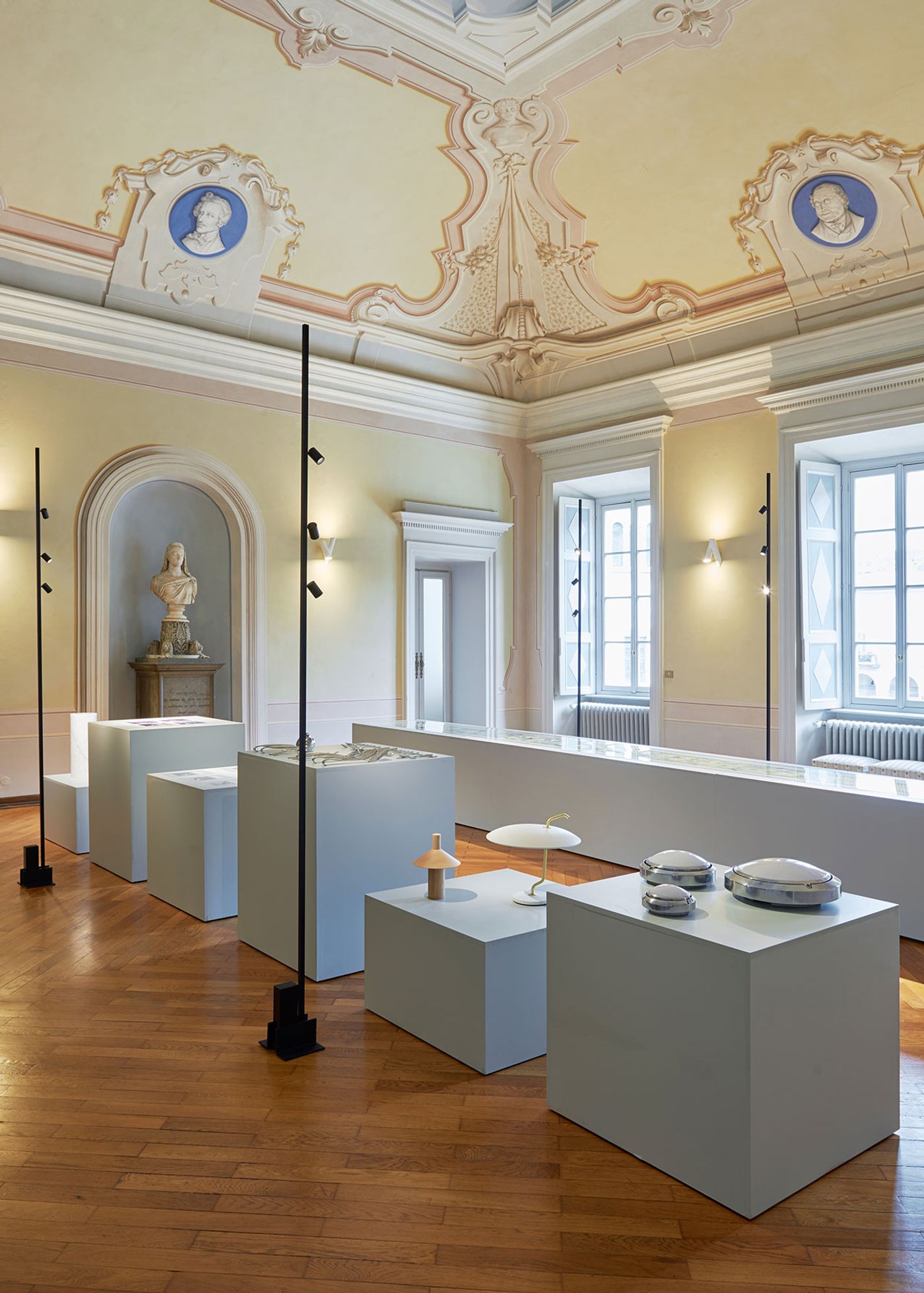
Installation view. History Repeating at Teatro Sociale Como, Sale del Ridotto. Photo Maurizio Cavallasca. Courtesy Lake Como Design Festival.
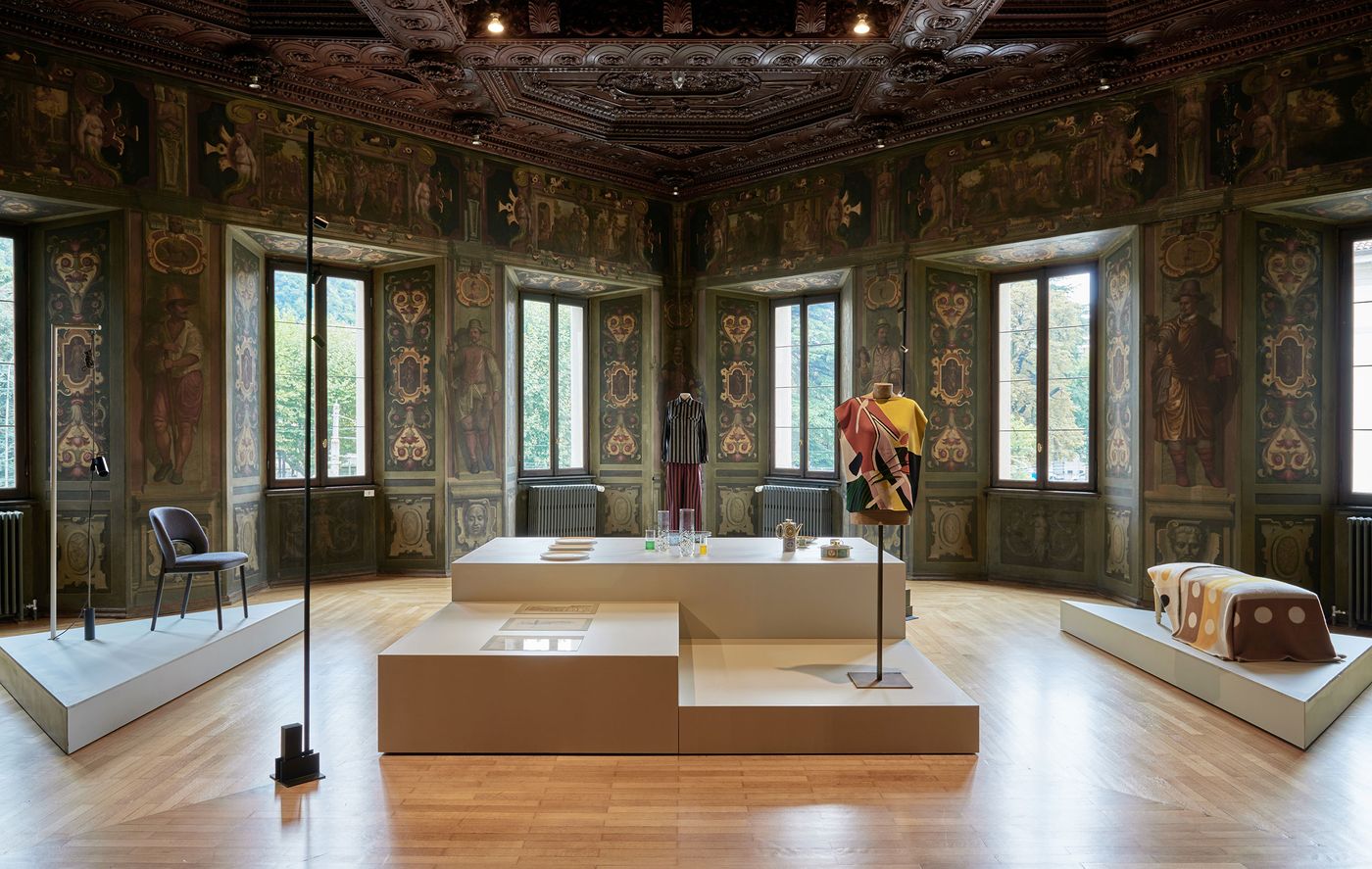
Installation view. History Repeating at Teatro Sociale Como, Sale del Ridotto. Photo Maurizio Cavallasca. Courtesy Lake Como Design Festival.
Conceived by artistic and creative director Lorenzo Butti as a dialogue between the twentieth and twenty-first centuries, the 2021 edition comprised three major exhibitions and a series of events based on the theme “History Repeating” – an exploration of how the past is interpreted and exploited by contemporary designers and brands. Como’s storied history of art, design and architecture makes the city, according to exhibition curator and Triennale Design Museum director, Marco Sammicheli, “an ideal vantage point for spectators to pause to reflect on the power of history and the myriad ways it generates new ideas and action”.
As in the previous two editions, the heart of the festival beat in the Teatro Sociale, an early 19th century Neoclassical edifice and one of the few privately owned theatres remaining in Italy, as well as two additional gems, Palazzo Valli Bruni, a Renaissance palace renovated in the Neoclassical style in 1820, and Palazzo Mantero, a Romanesque-revival palace built in 1923 which opened to the public for the first time.
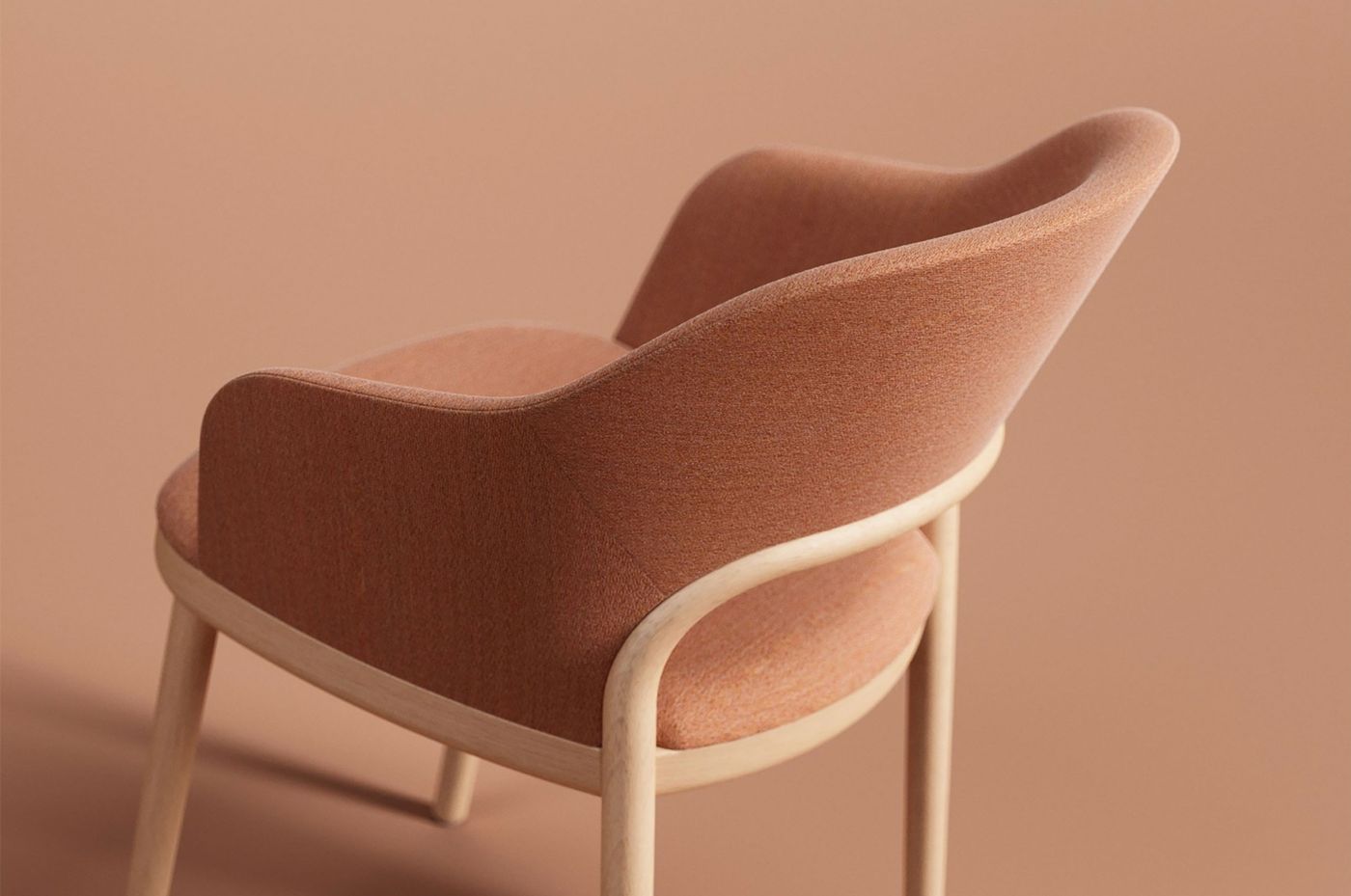
Marco Dessì, 520 chair for Thonet. Courtesy Lake Como Design Festival.
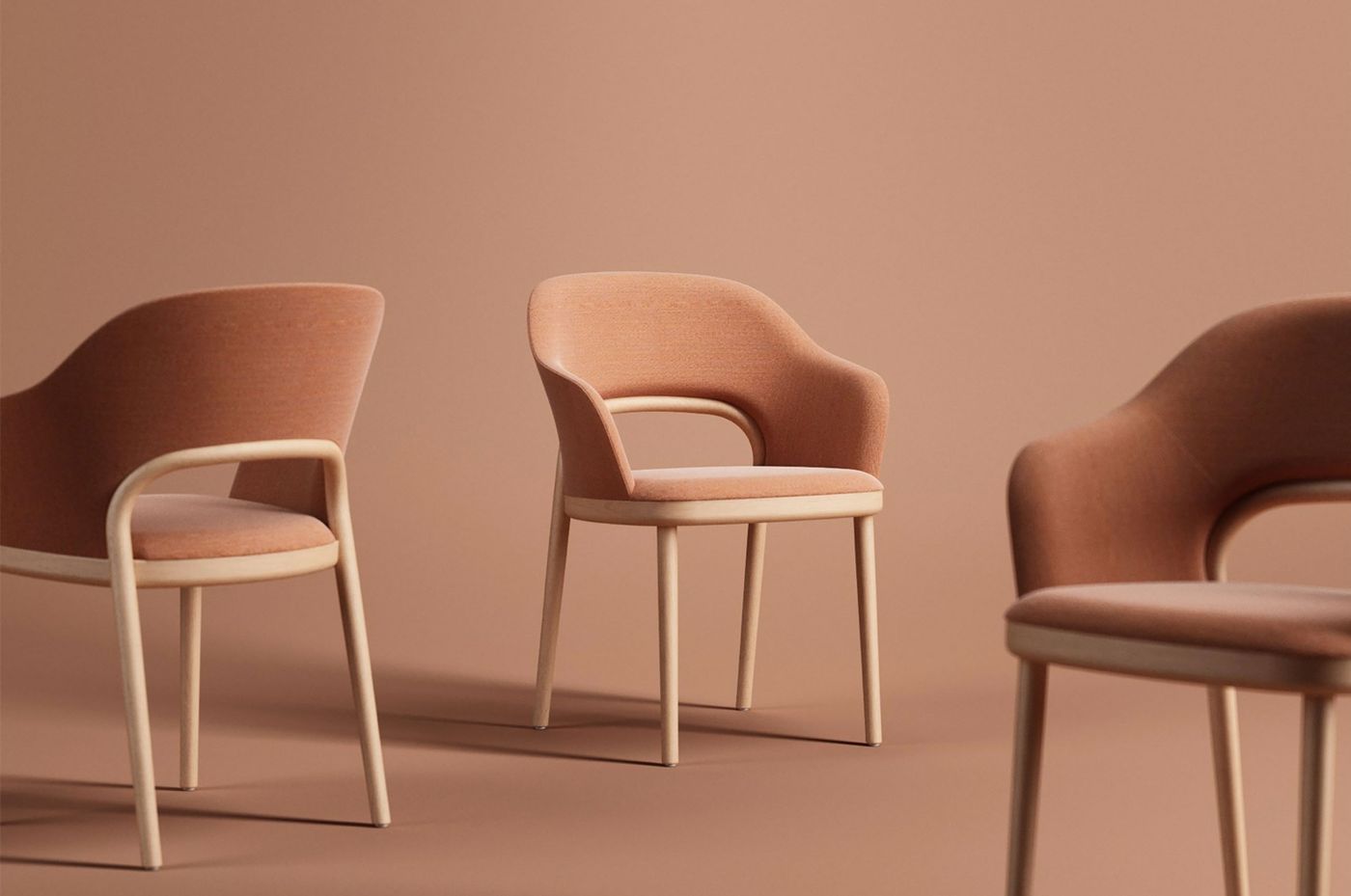
Marco Dessì, 520 chair for Thonet. Courtesy Lake Como Design Festival.
Titled “History Repeating”, the festival’s central exhibition was set within Sale del Ridotto, the historic foyer of Teatro Sociale, a series of lavishly decorated rooms brimming in ornate plasterwork, carved wooden ceilings, majestic chandeliers and colourful frescoes. The historic context makes for a fitting backdrop for a show reflecting on the role of history in the creation of key modern and contemporary designs. “History can be a weight, a pedestal, and a bargaining chip,” says curator Marco Sammicheli. “I wanted to present a catalogue of possibilities, to reveal the courage it takes to face up to the threat of nostalgia: for many designers, history is something to be shaken off, especially in Italy.” From faithful reproductions, to updated re-editions, to creative appropriations, the exhibition presents a wide range of paradigms of how designers and companies approach the past, as well as highlights the role of innovation – as it is often the case that it is neither feasible or even sensible to reproduce original workmanship which leads to more technological advance methods being adopted.
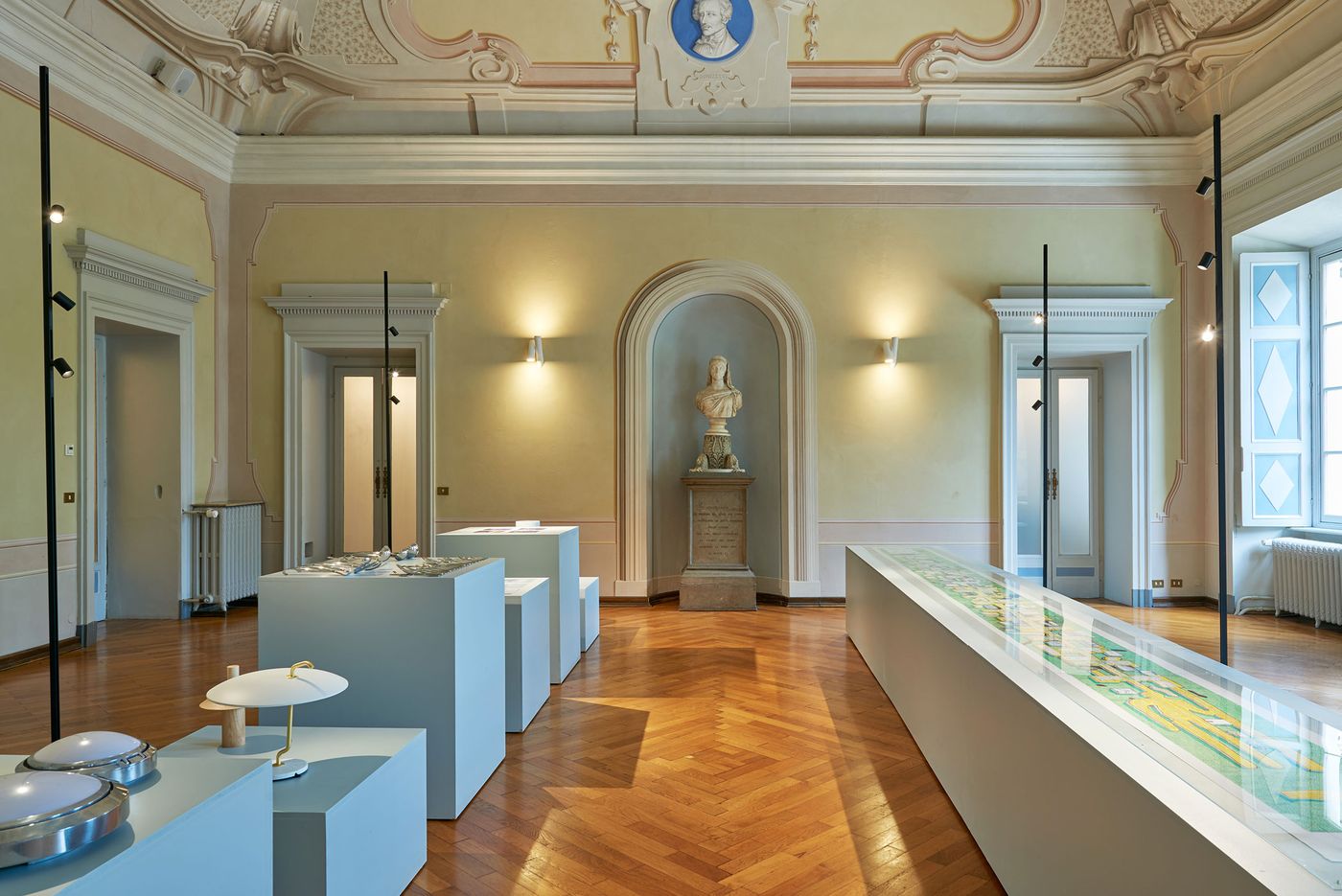
Installation view. History Repeating at Teatro Sociale Como, Sale del Ridotto. Photo Maurizio Cavallasca. Courtesy Lake Como Design Festival.
Discretely framed by architects Stefano Larotonda and Niccolò Nessi’s cubic podiums and semi-circular sheer partitions, the objects on display range from re-editions of iconic pieces by acclaimed modernist designers – including Alvar Aalto’s 1932 AA1 sofa bed, which can be found in the catalogue of local manufacturer MisuraEmme, Gio Ponti’s 1954 66 Round D.154.5 armchair produced by Molteni&C, Agapecasa’s Angelo Mangiarotti 1953 Cavalletto bench, and LaCividina’s sinuous pink Osaka sofa designed by French designer Pierre Paulin in 1967 – to contemporary pieces that draw form the past like Patricia Urquiola’s Clarissa armchair for Moroso, Marco Dessi’s Thonet 520 PF armchair for Thonet, Cristina Celestino’s Perlage and Gemmazione glassware collections for Attico Design, and Chiara Andreatti’s Nina armchair for Japanese manufacturer Artflex.
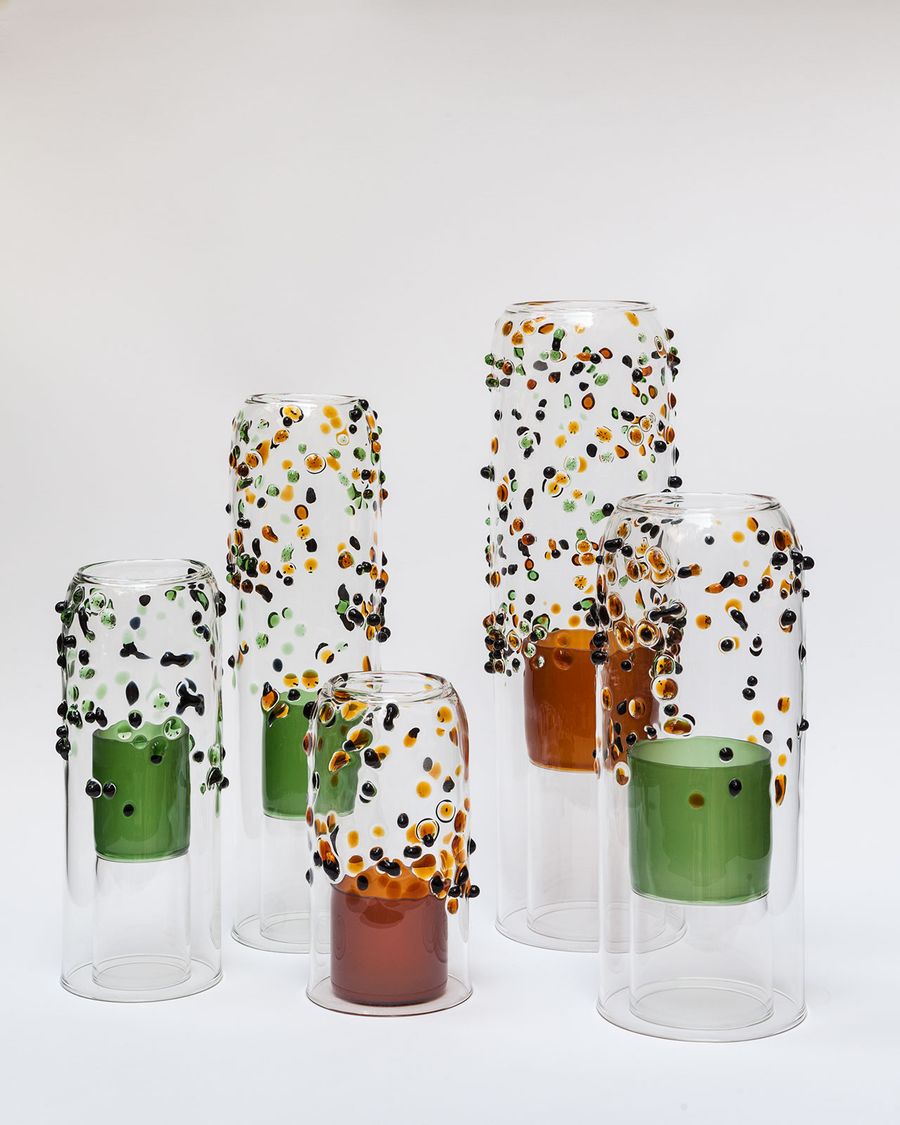
Cristina Celestino, Gemmazione for Attico Design. Photo Mattia Balsamini. Courtesy Lake Como Design Festival.
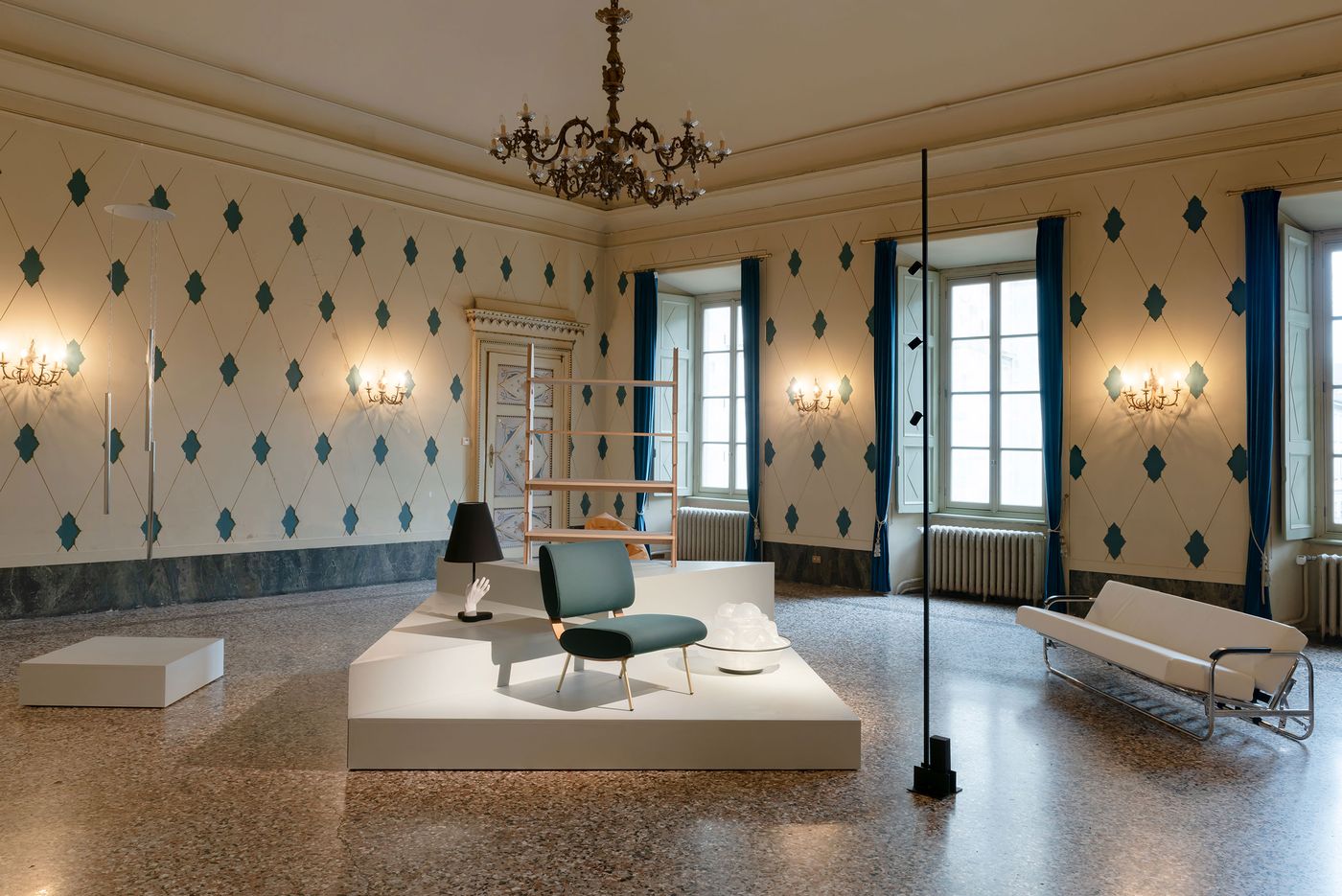
Installation view. History Repeating at Teatro Sociale Como, Sale del Ridotto. Photo Maurizio Cavallasca. Courtesy Lake Como Design Festival.
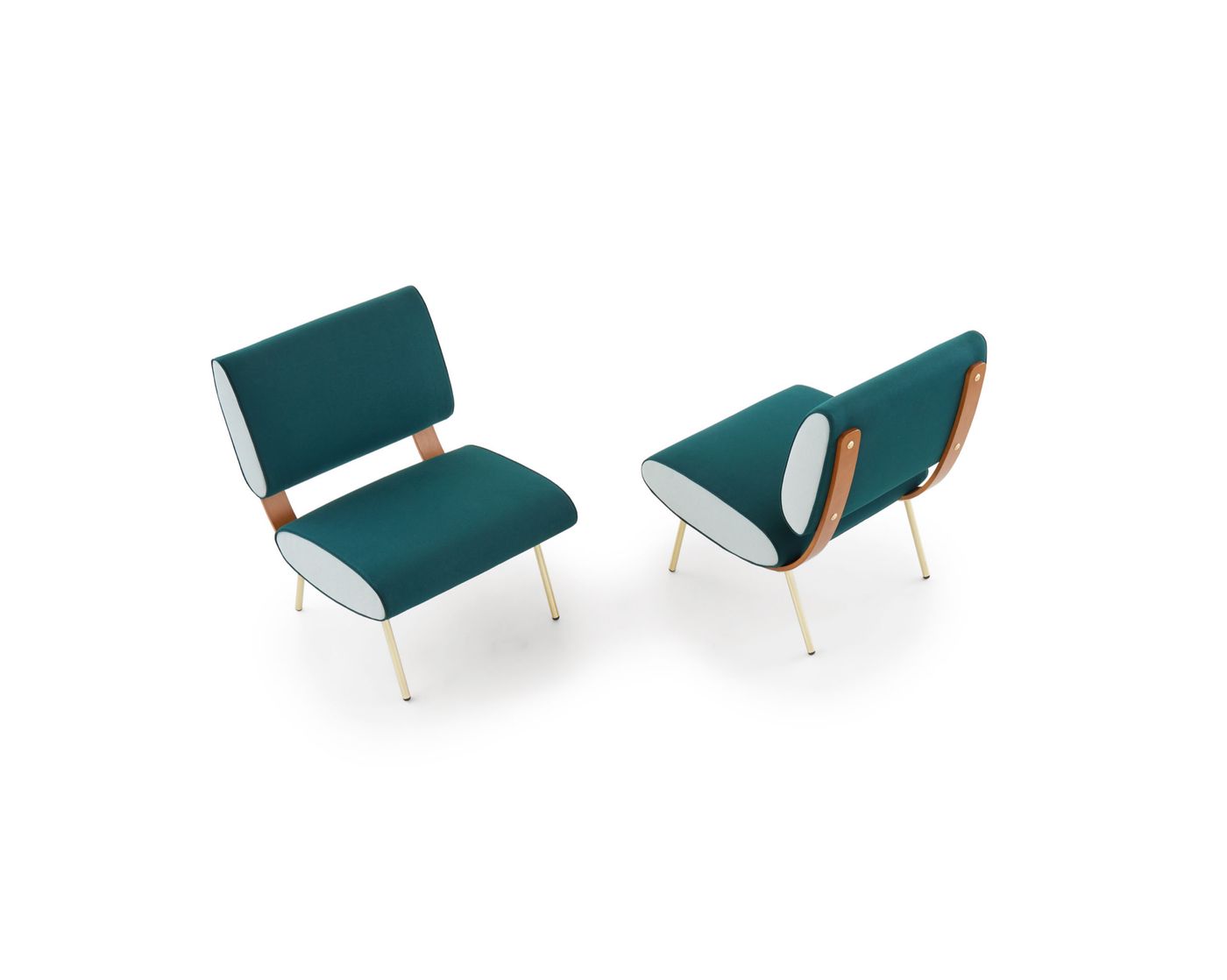
Gio Ponti, 66 Round D.154.5 armchair produced by Molteni&C. Courtesy Lake Como Design Festival.
Across town, REEDITIONS at Palazzo Mantero focused on re-editions of iconic 20th century furniture and lighting pieces by esteemed Italian brands. As interesting as the exhibits were, the highlight for us was the opportunity to explore the historic palazzo which was built in 1923 as the home of the Mantero family and the headquarters of their silk producing company. Inspired by Renaissance architecture, the building is a mediation between history, tradition and modernity, and provided the ideal backdrop for an exhibition reflecting on the theme of icons as a source of inspiration for contemporary designers.
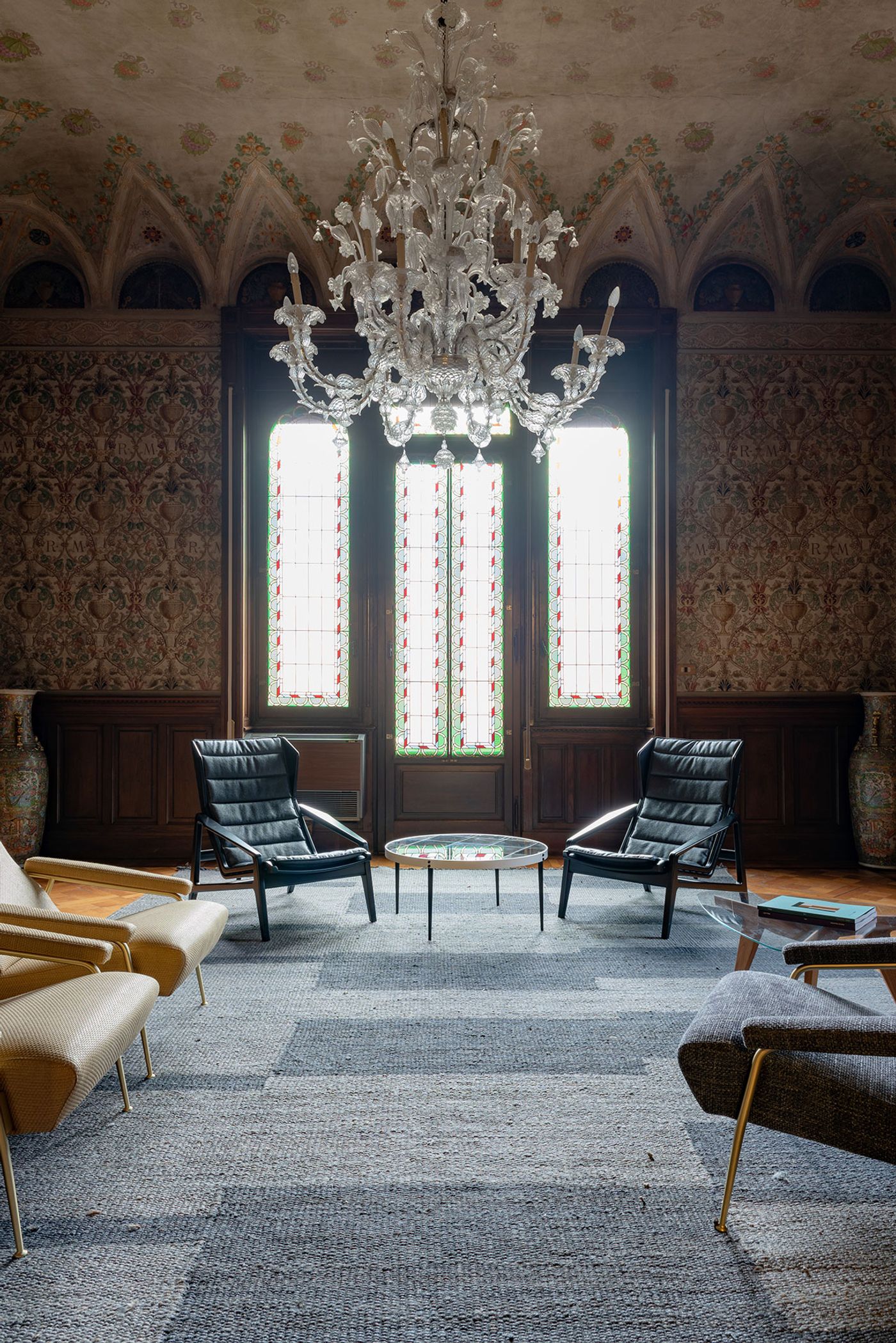
Installation view. REEDITIONS at Palazzo Mantero. Photo Maurizio Cavallasca. Courtesy Lake Como Design Festival.
Some of the exhibition’s highlights include a selection of Gio Ponti’s decorative objects for Manifattura, designed during his tenure as the brand’s artistic director from 1923 to 1933 and meticulously reproduced by Ginori 1735, Milanese artist Bobo Piccoli’s 1968 Re and Regina lamps for FontanaArte, Giandomenico Belotti’s Spaghetti chair designed in 1979 for Alias, and Luigi Caccia Dominioni’s 1957 Catilina chair for Azukena.
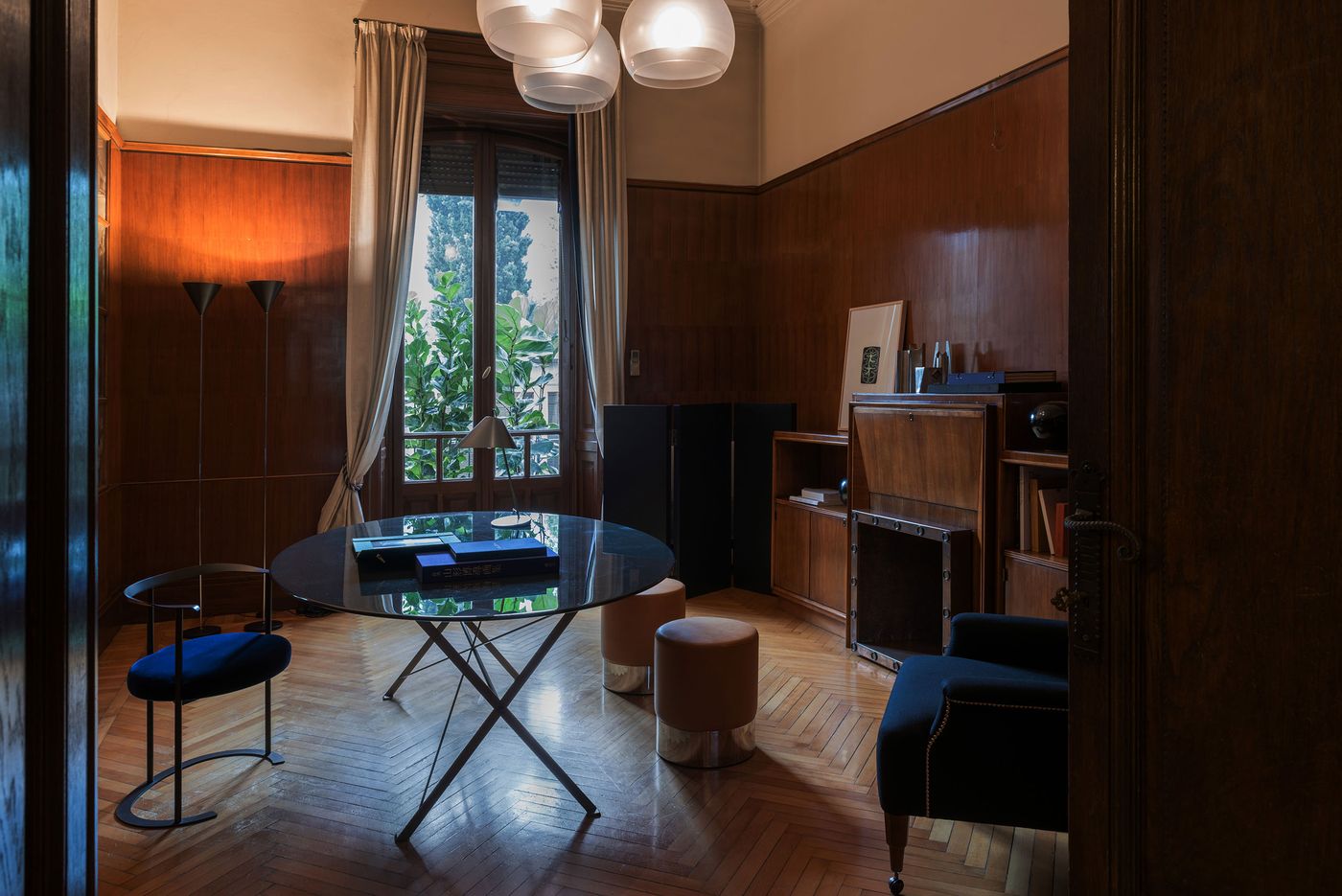
Installation view. REEDITIONS at Palazzo Mantero. Photo Maurizio Cavallasca. Courtesy Lake Como Design Festival.
Also showing at Palazzo Mantero, “Universo Lithos” celebrated 30 years of the art book publisher Lithos with a selection of engravings and artist's books made by the likes of Ettore Sottsass, Michele De Lucchi, Ico Parisi, and Nathalie Du Pasquier.
Finally at Palazzo Valli Bruni, home of the Academy of Music and Dance Giuditta Pasta, contemporary designers took centre stage. Displayed with the help of a site-specific installation by Draga & Aurel, “20/21” presented a selection of objects and accessories available for sale by over 40 independent contemporary designers inspired by the last century. By bringing the focus to the present day, the exhibition, much like the rest of LCDF 2021, was a reminder that past and present are inexorably linked, especially in a country like Italy with such a great tradition behind it. As importantly, the festival signalled that although history is destined to be repeating itself, it’s ultimately up to us to forge better versions.
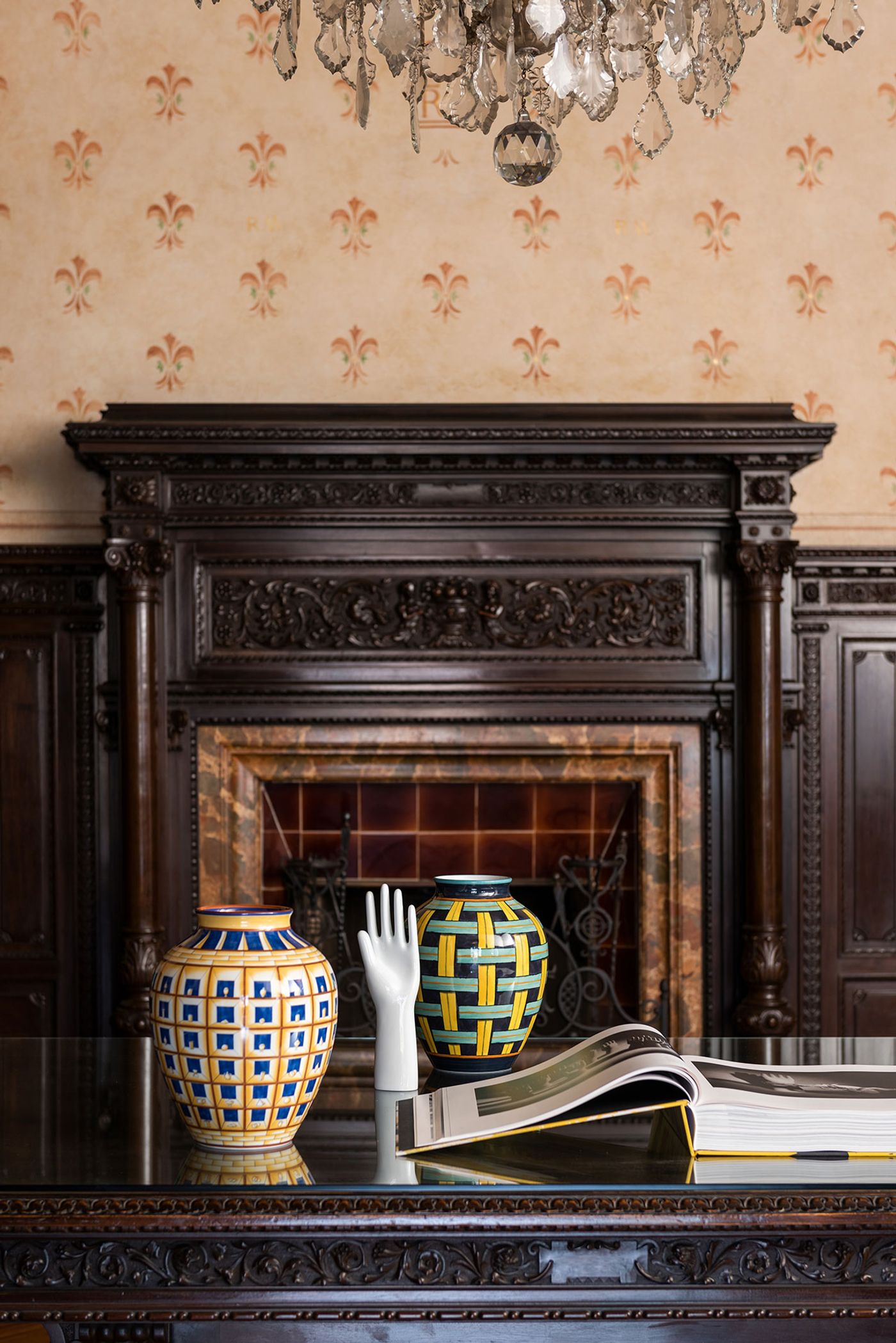
Installation view. REEDITIONS at Palazzo Mantero. Photo Maurizio Cavallasca. Courtesy Lake Como Design Festival.
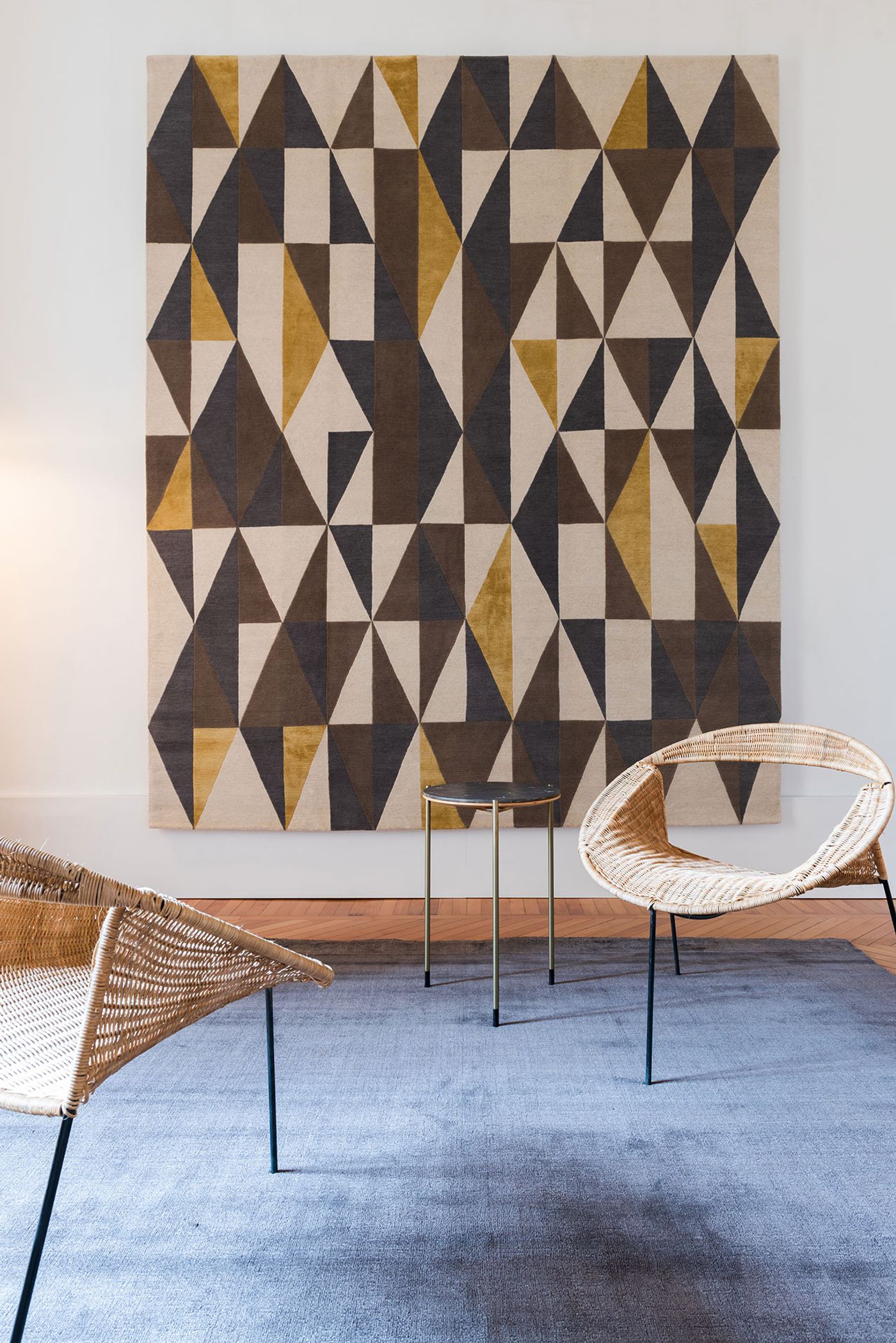
Installation view. REEDITIONS at Palazzo Mantero. Photo Maurizio Cavallasca. Courtesy Lake Como Design Festival.
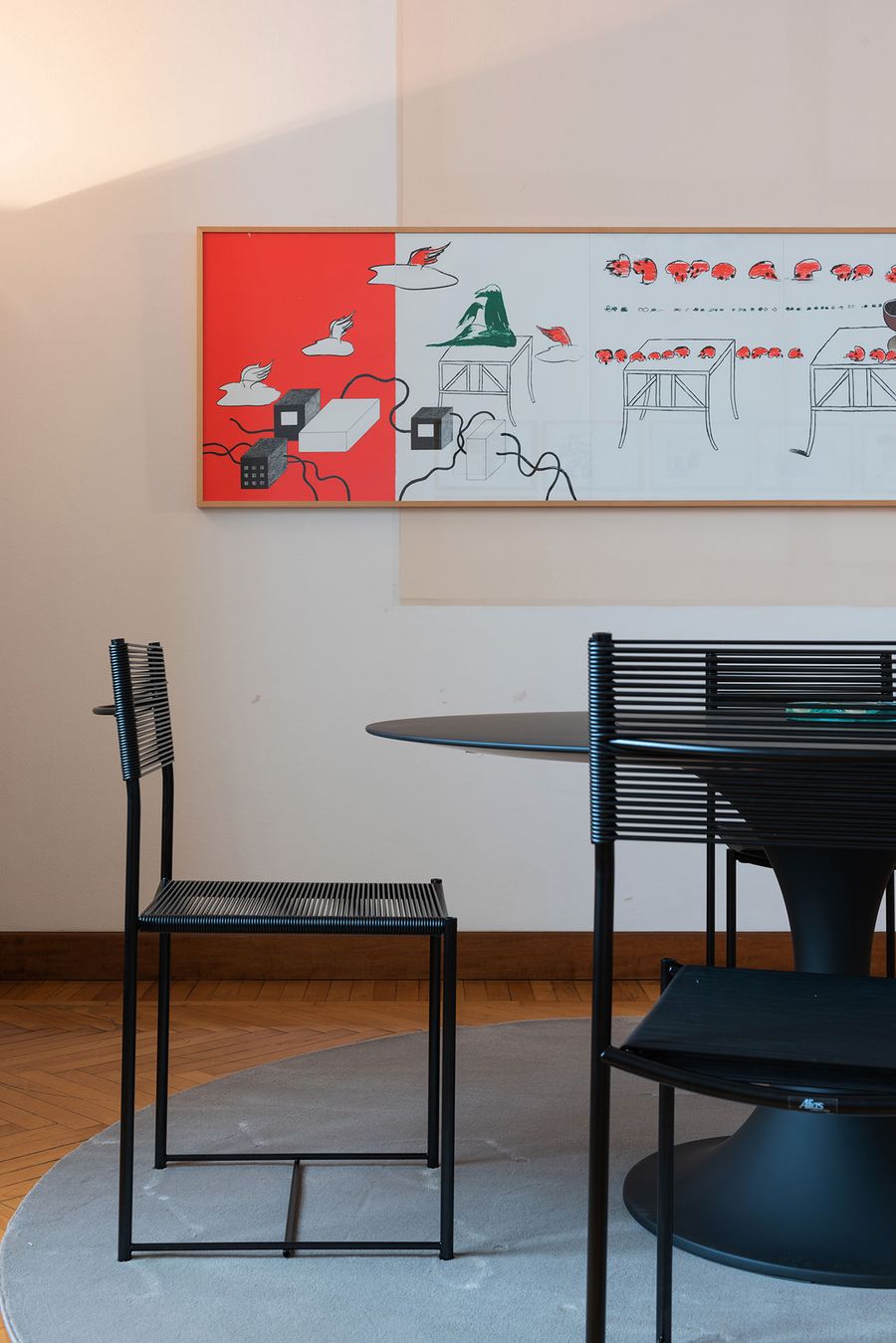
Installation view. REEDITIONS at Palazzo Mantero. Photo Maurizio Cavallasca. Courtesy Lake Como Design Festival.
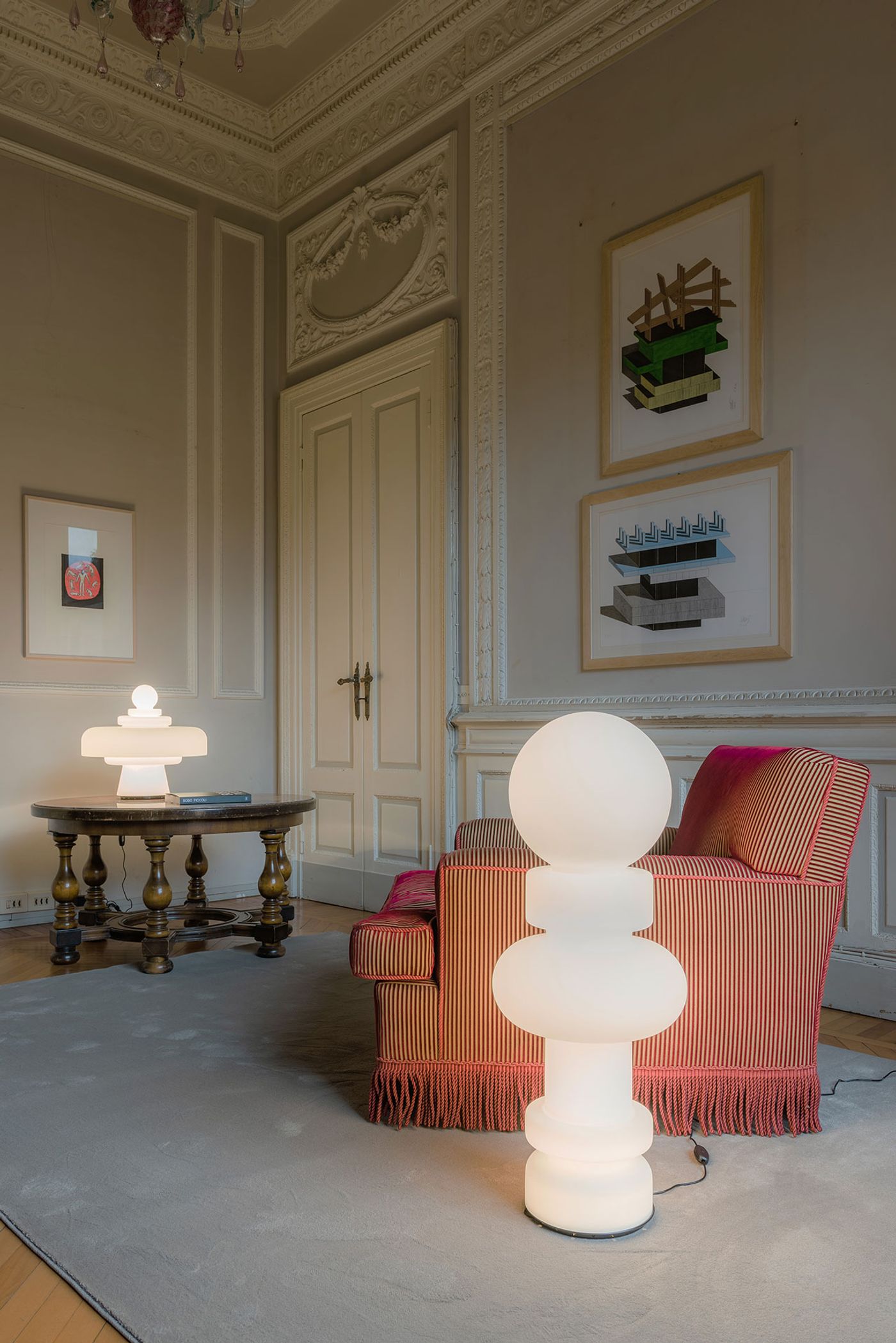
Installation view. REEDITIONS at Palazzo Mantero. Photo Maurizio Cavallasca. Courtesy Lake Como Design Festival.
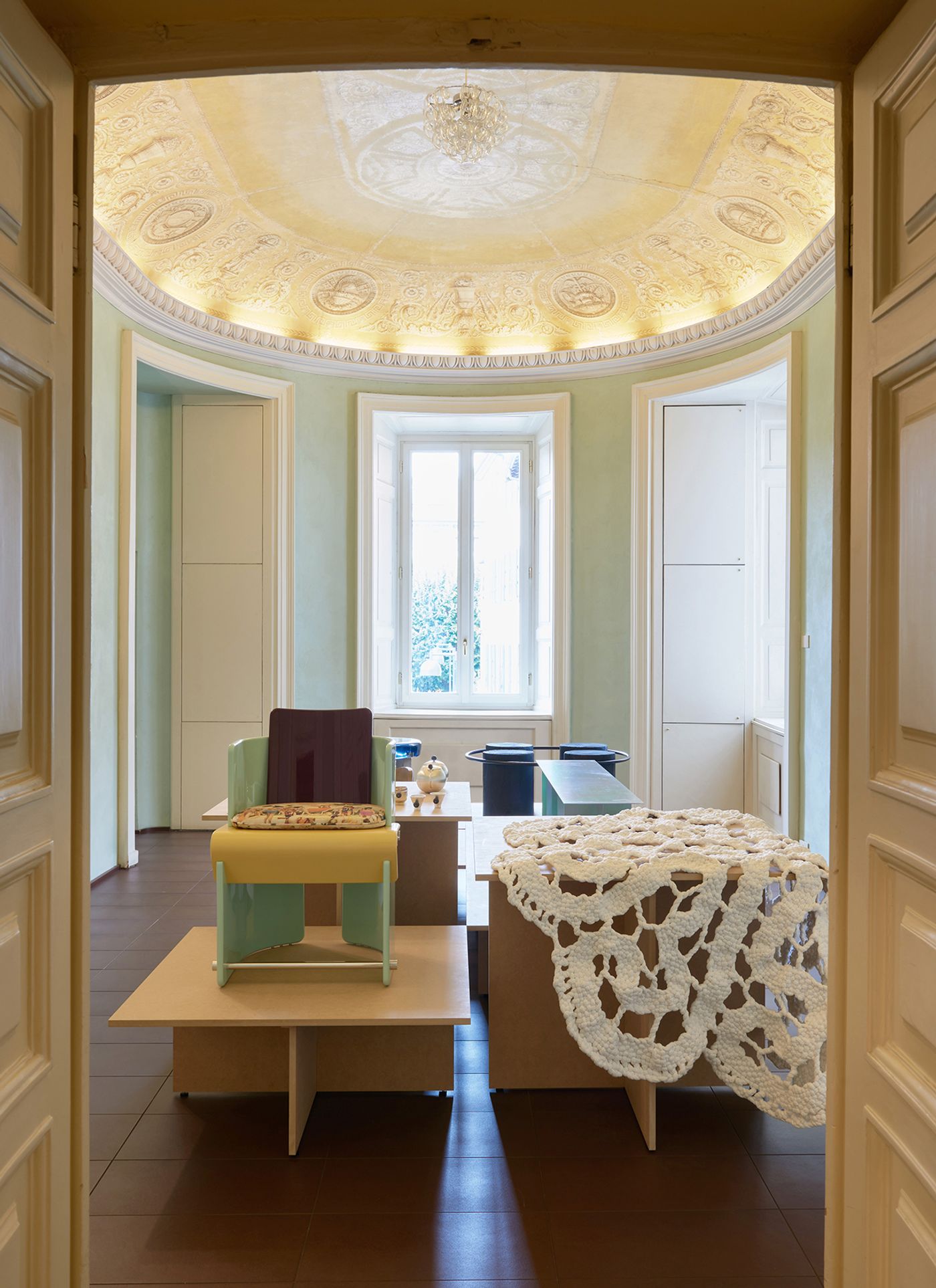
Installation view. 20/21 at Palazzo Valli Bruni. Photo Maurizio Cavallasca. Courtesy Lake Como Design Festival.
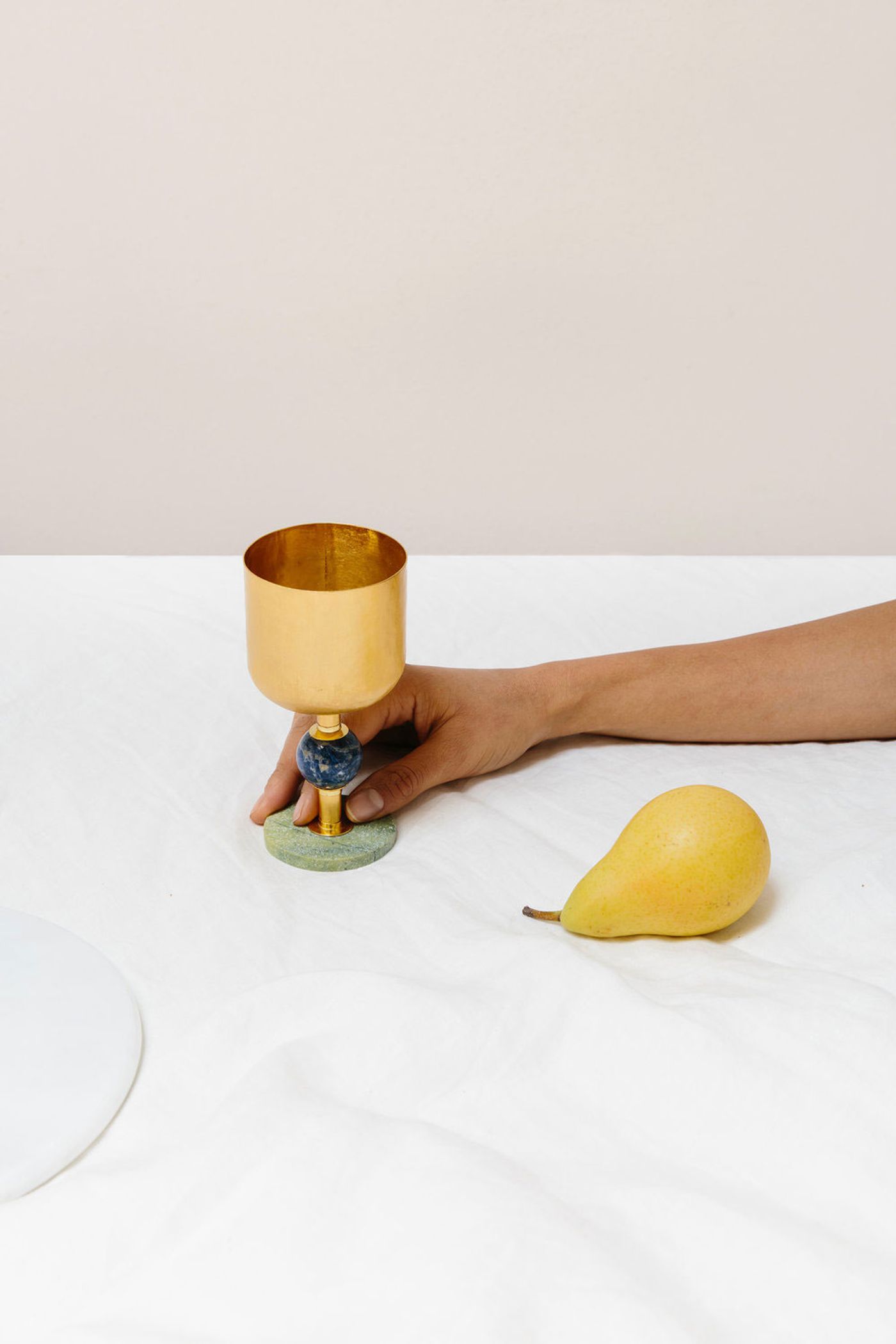
Joyas en casa’ (Gems at home) tableware and bowls collection by Natalia Criado.
20/21 SELECTION. Palazzo Valli Bruni.
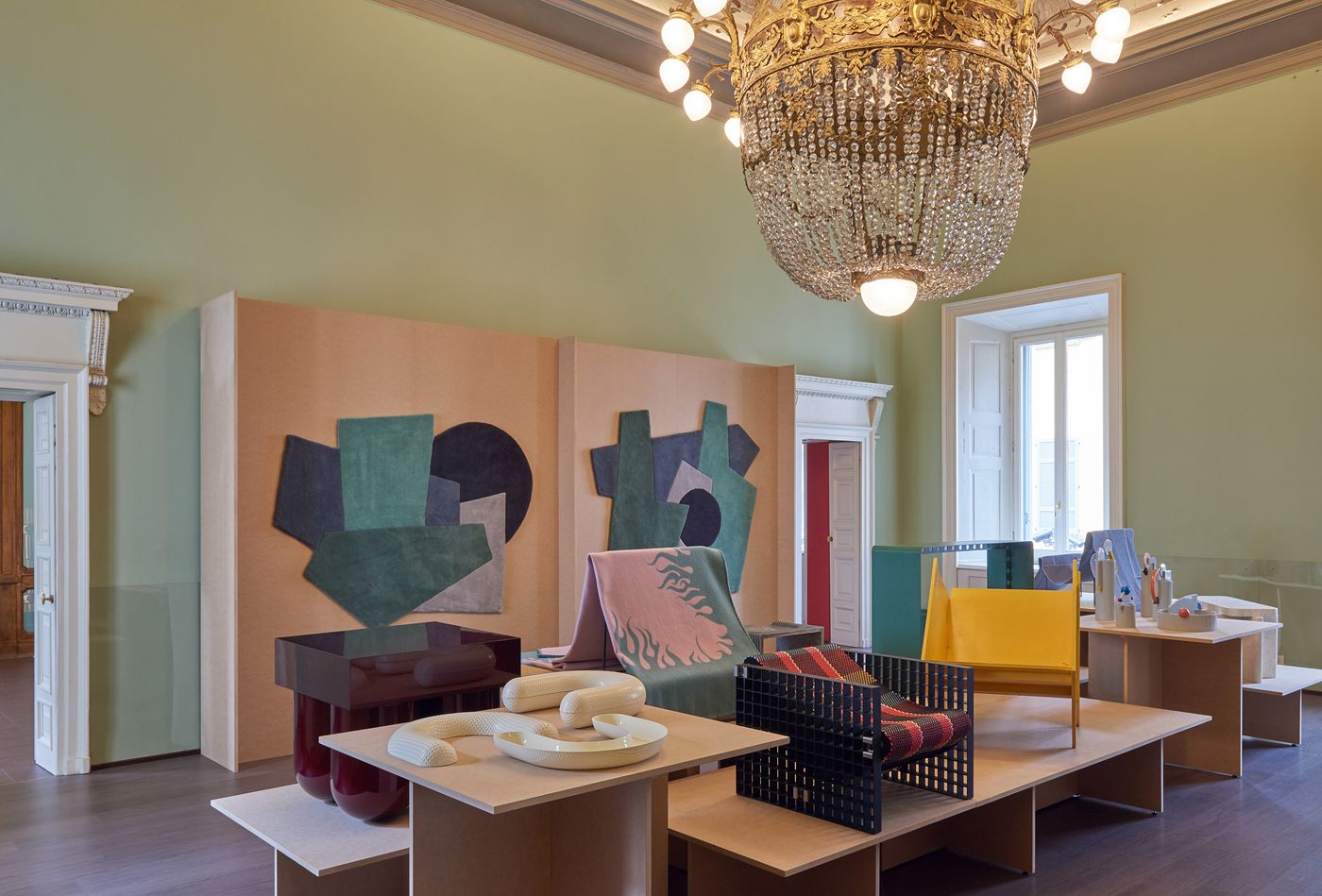
Installation view. 20/21 at Palazzo Valli Bruni. Photo Maurizio Cavallasca. Courtesy Lake Como Design Festival.
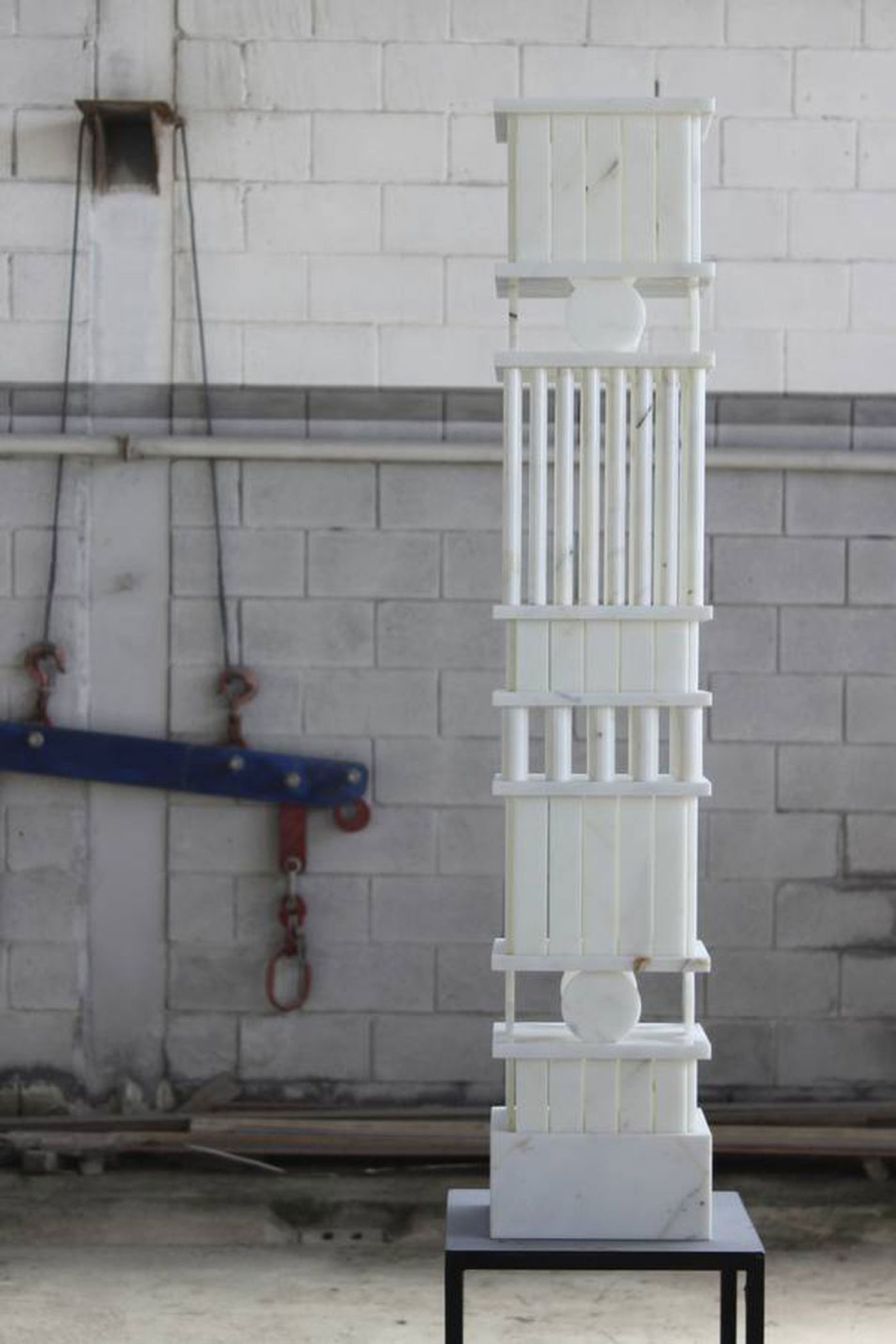
Materica Palazzo by Studio Galli Cavalcabò.
20/21 SELECTION. Palazzo Valli Bruni.
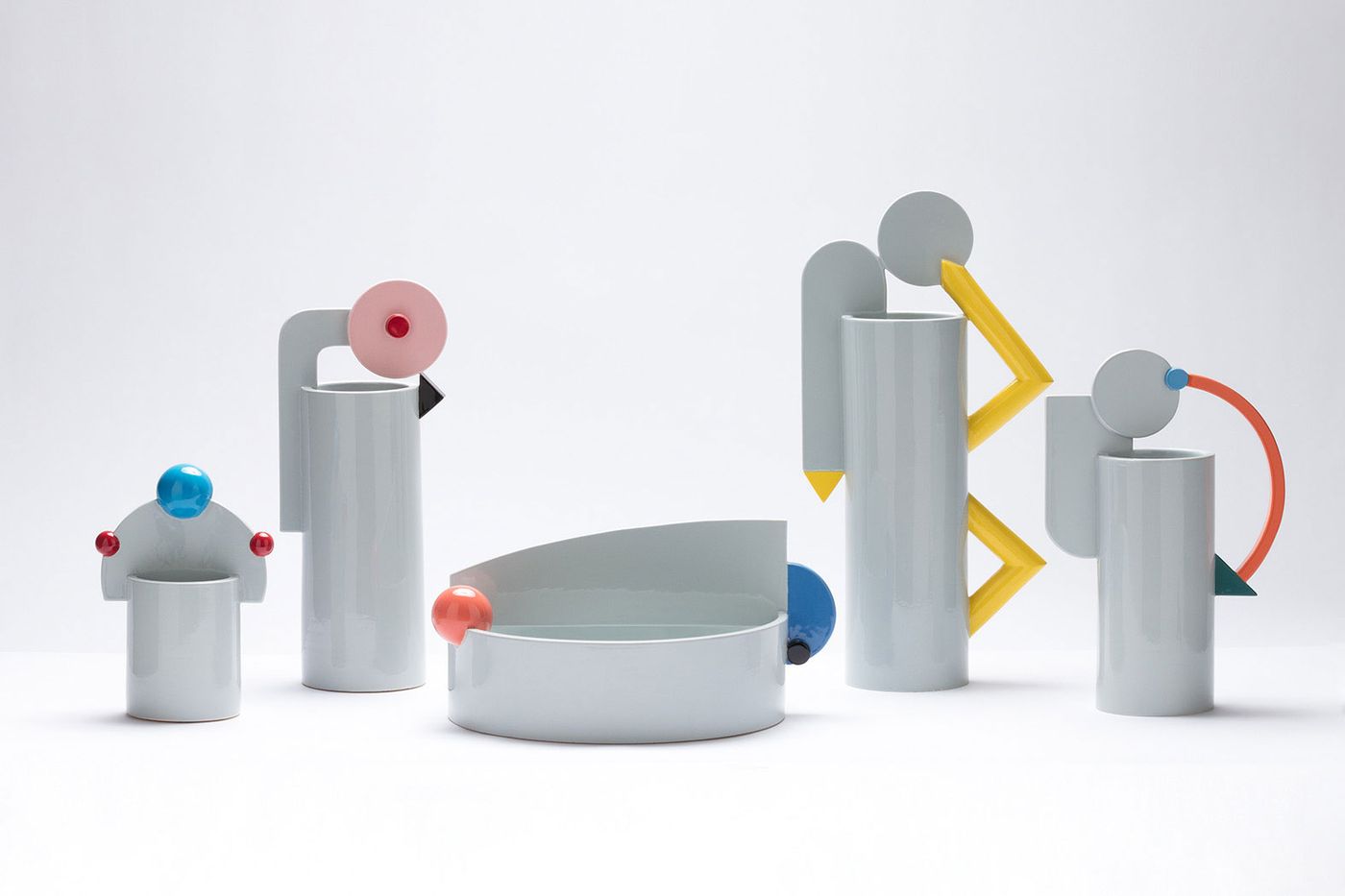
Space O collection by Cuorecarpenito.
20/21 SELECTION. Palazzo Valli Bruni.
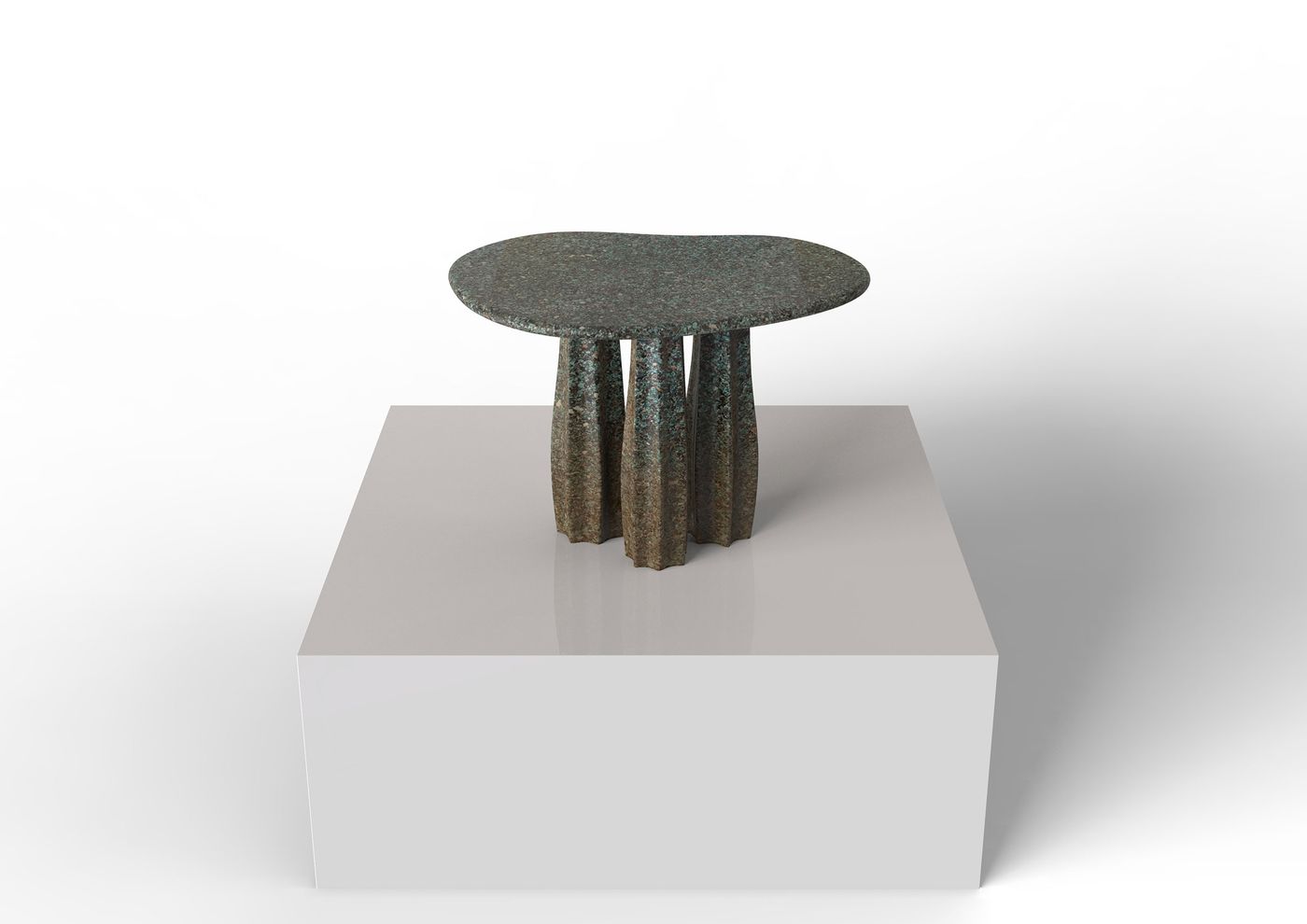
Cactus Low Table by Georges Mohasseb for Studio Manda, 2021.
20/21 SELECTION. Palazzo Valli Bruni.
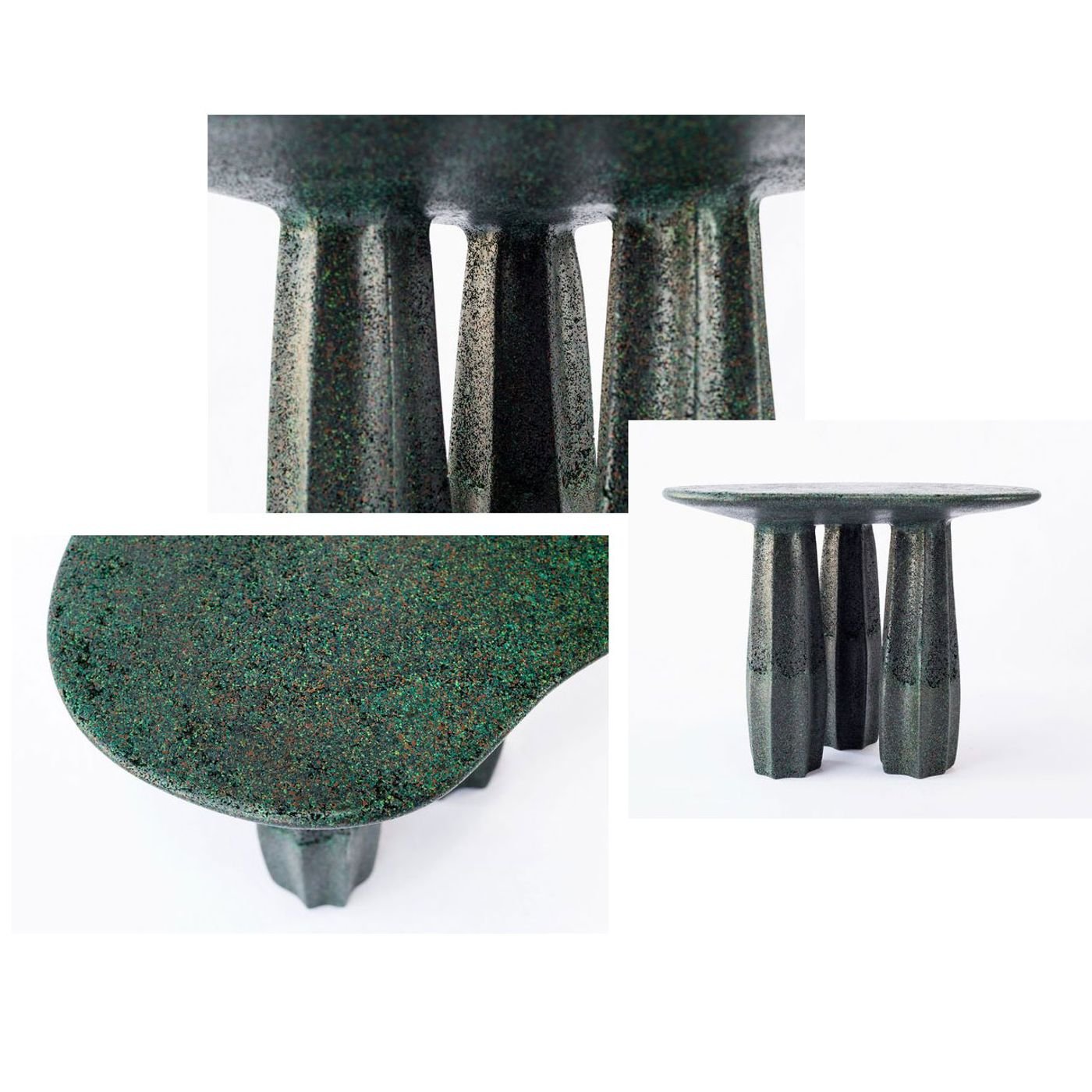
Cactus Low Table by Georges Mohasseb for Studio Manda, 2021.
0/21 SELECTION. Palazzo Valli Bruni.
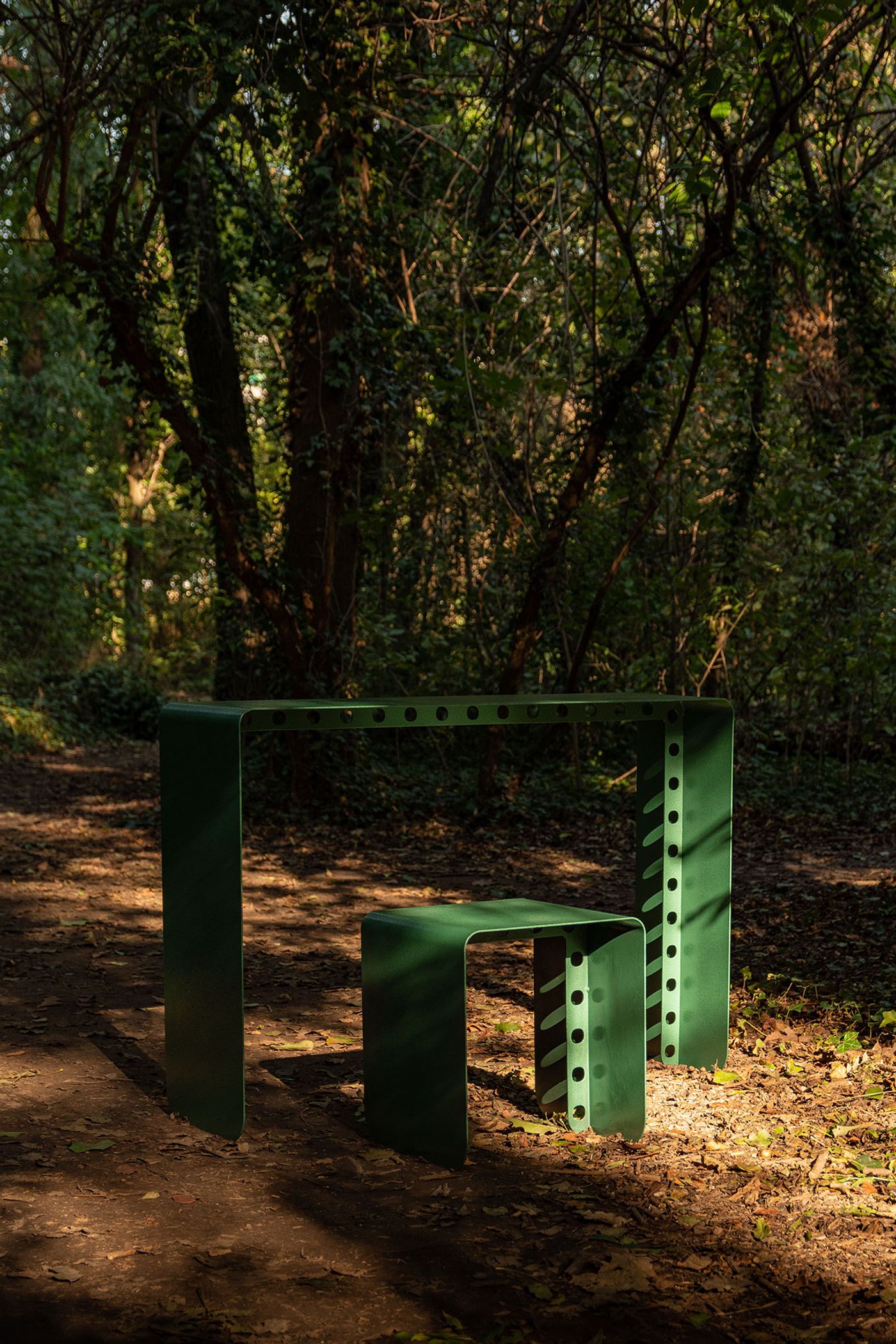
Meccano series by Tommaso Spinzi.
20/21 SELECTION. Palazzo Valli Bruni.
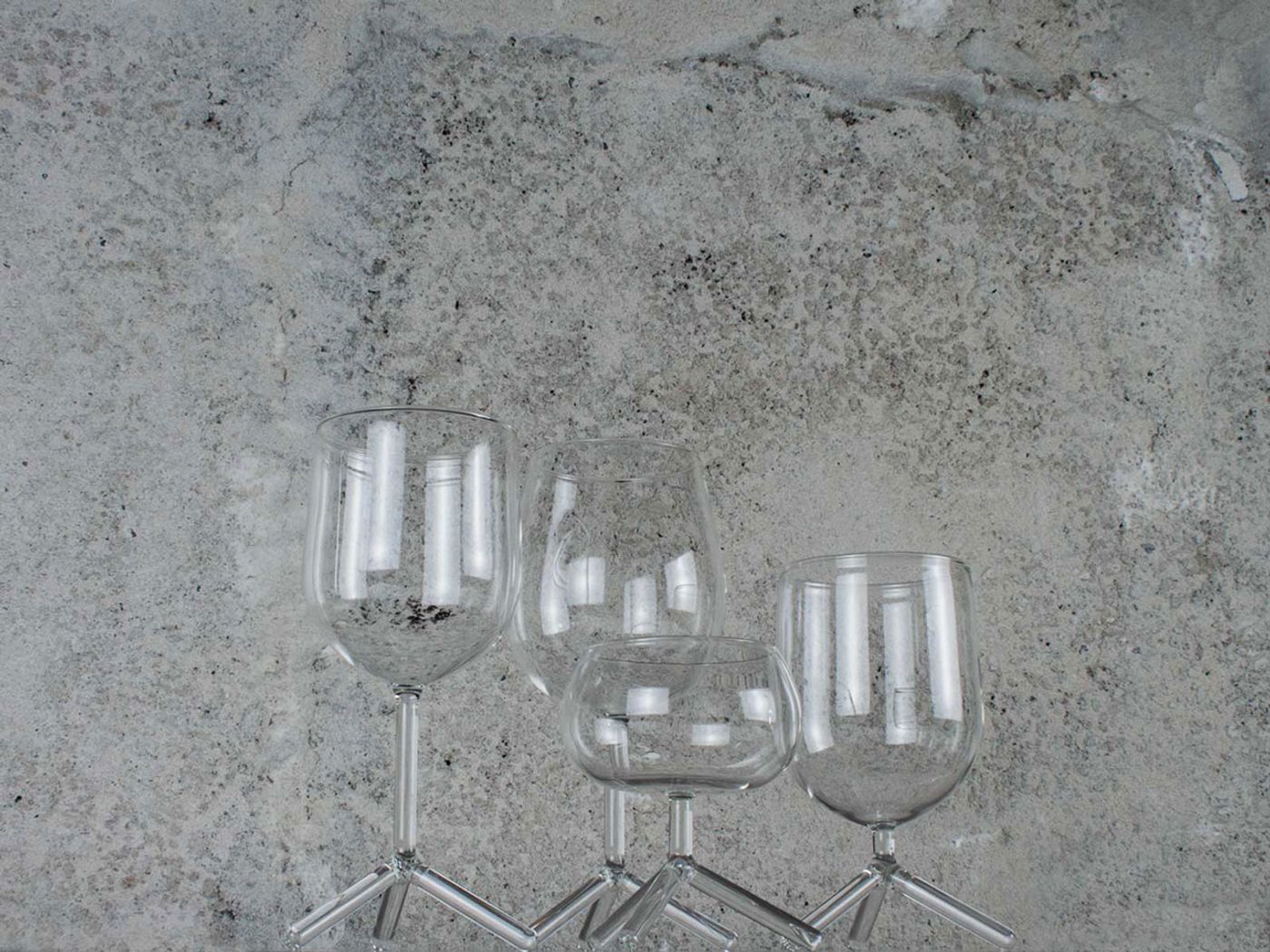
Tripod water glasses by Maarten Baptist.
20/21 SELECTION. Palazzo Valli Bruni.

Set no. 5 cocktail table by müsing–sellés (architect Álvaro Gómez-Sellés and designer Marisa Müsing).
20/21 SELECTION. Palazzo Valli Bruni.
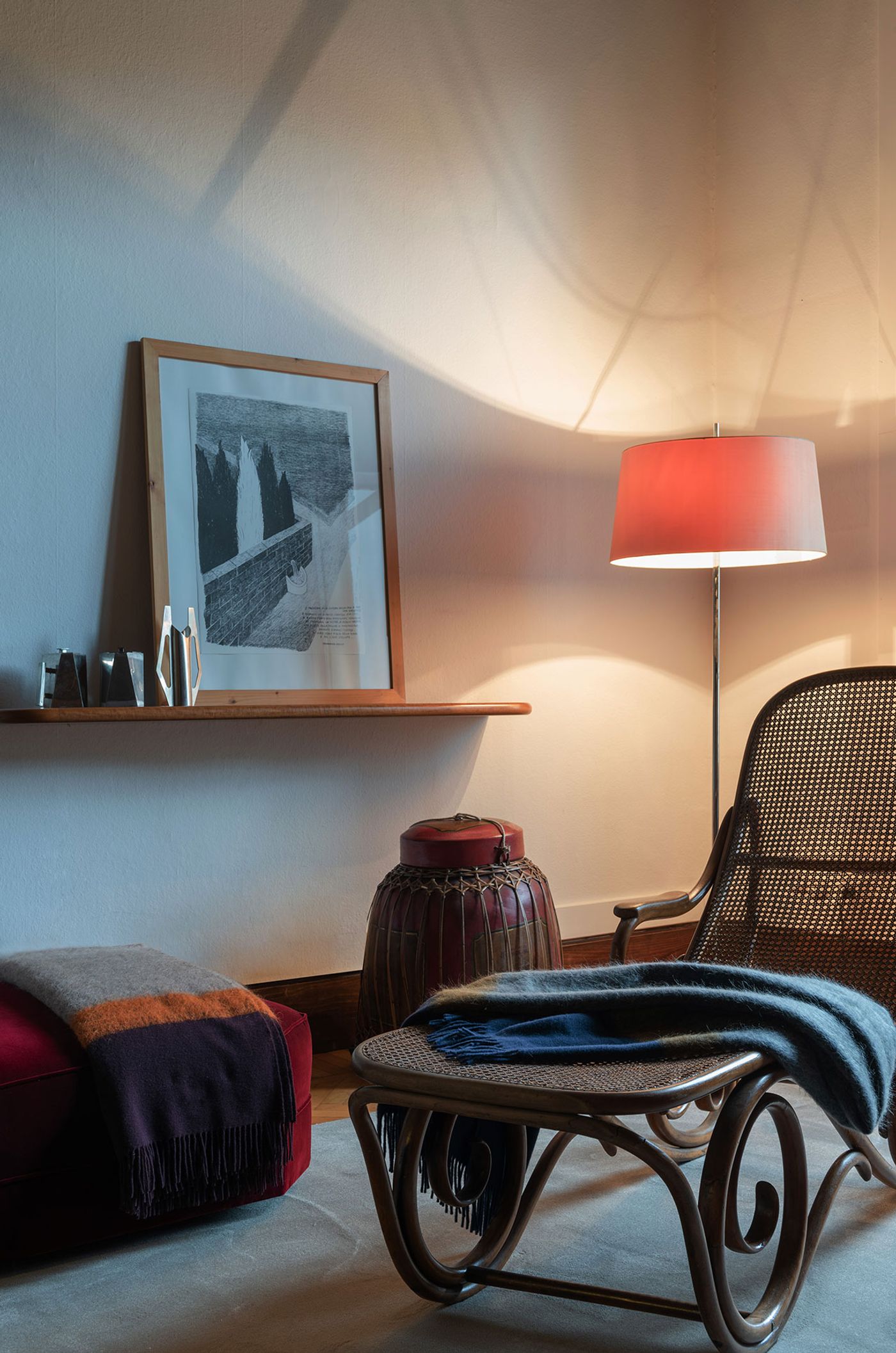
Installation view. REEDITIONS at Palazzo Mantero. Photo Maurizio Cavallasca. Courtesy Lake Como Design Festival.
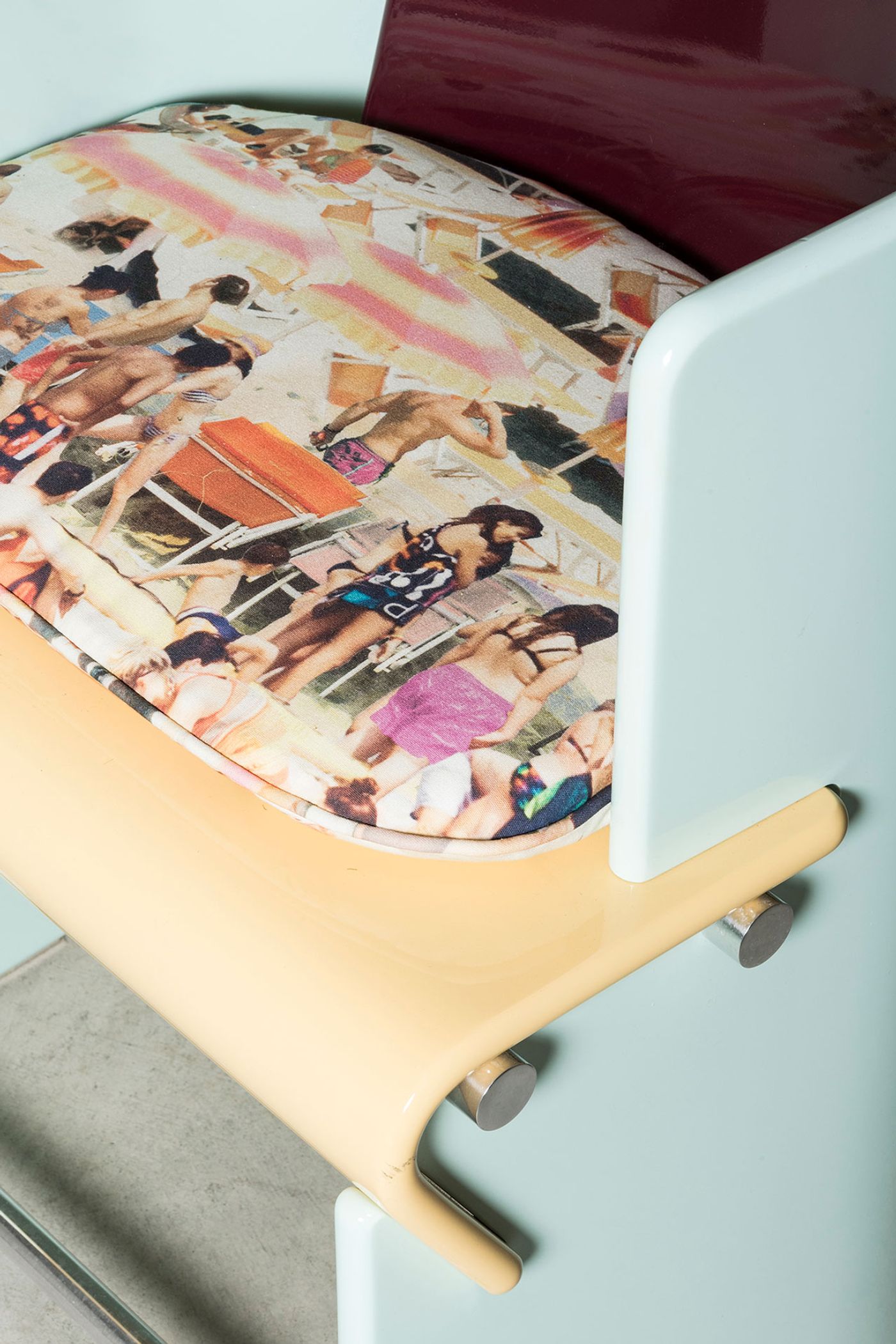
Supernova Chair by Derek Castiglioni for Nilufar Gallery.
20/21 SELECTION. Palazzo Valli Bruni.
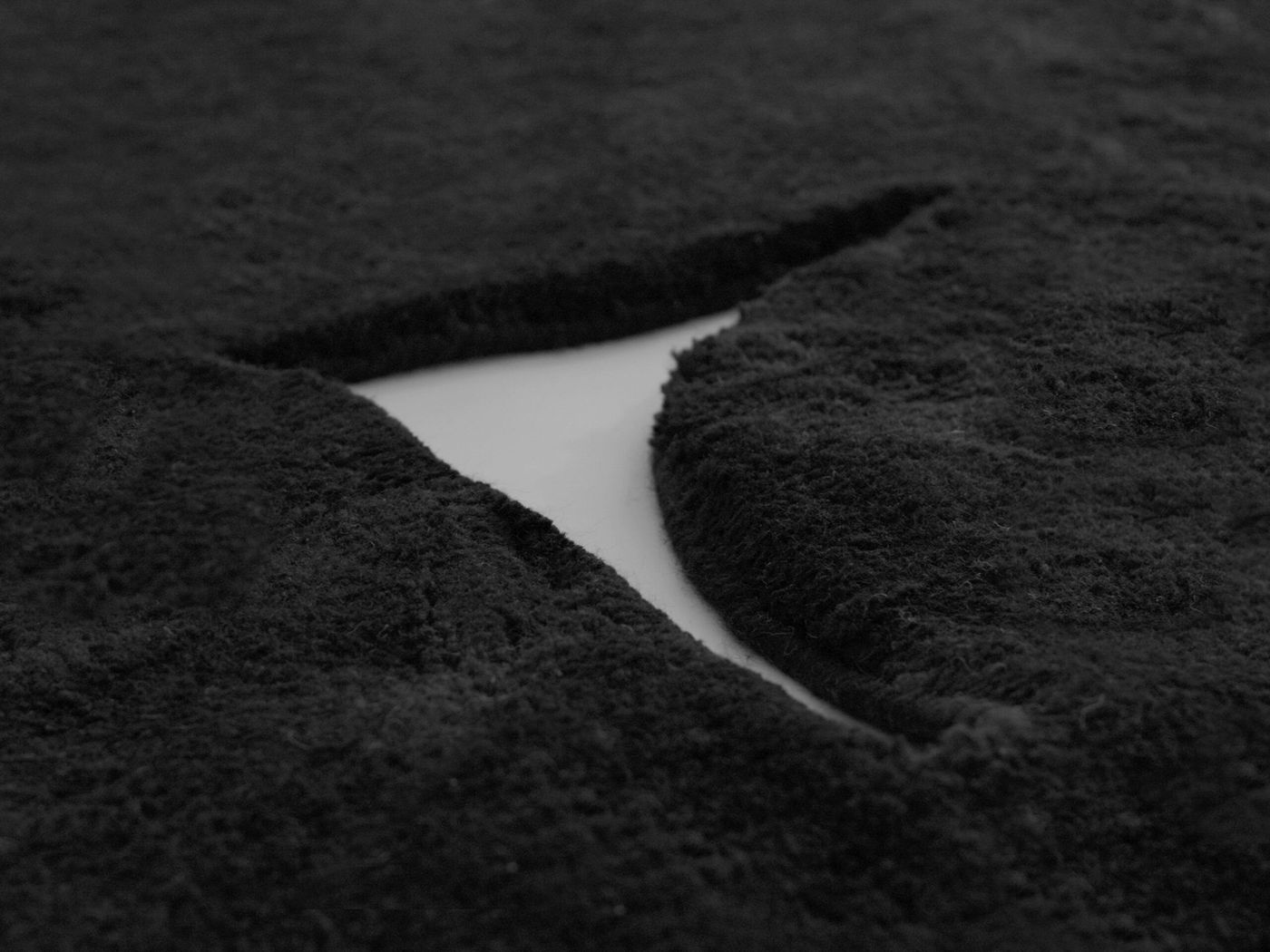
Handmade Eros carpet collection by Emil Home.
20/21 SELECTION. Palazzo Valli Bruni.
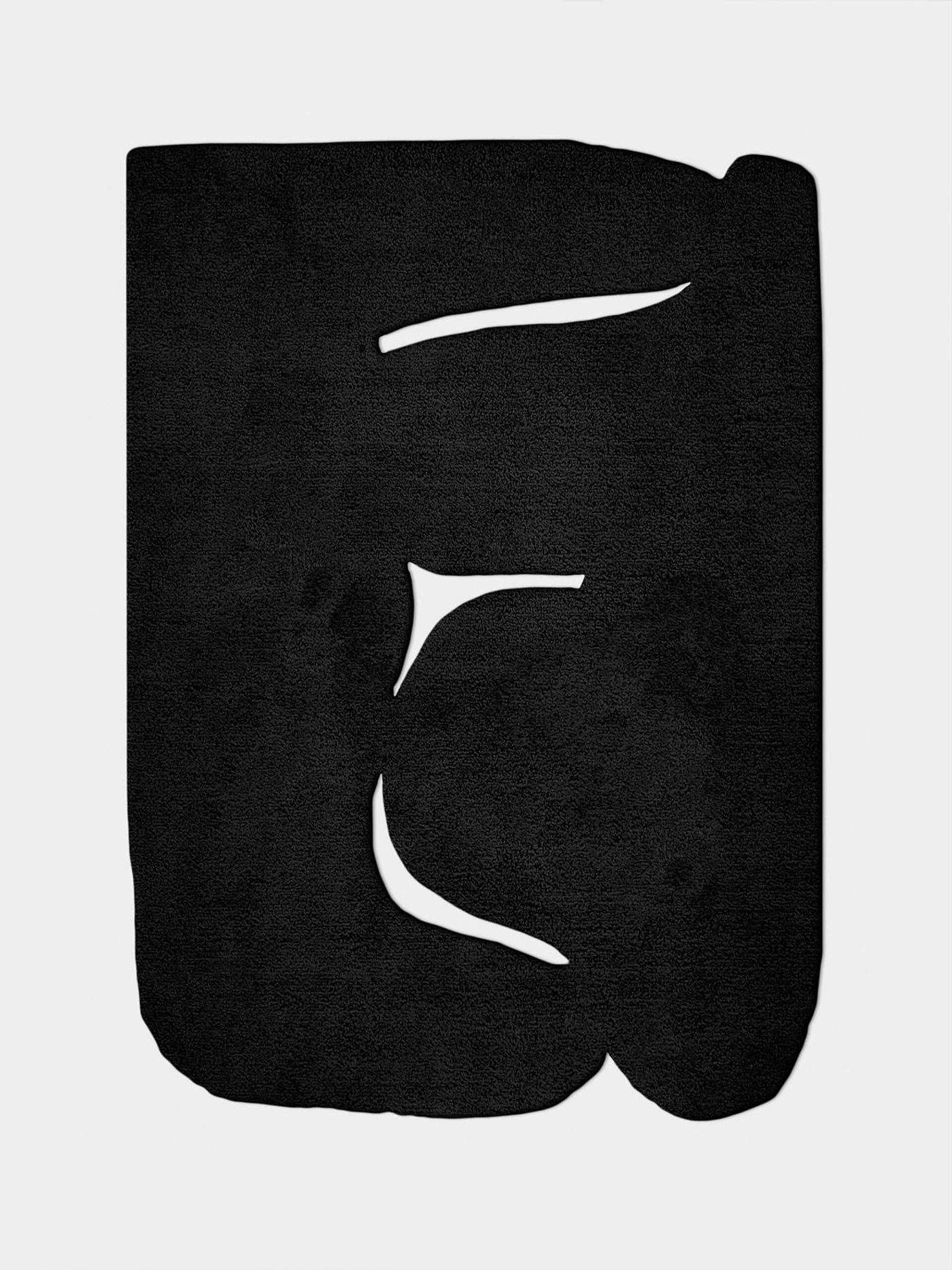
Handmade Eros carpet collection by Emil Home.
20/21 SELECTION. Palazzo Valli Bruni.
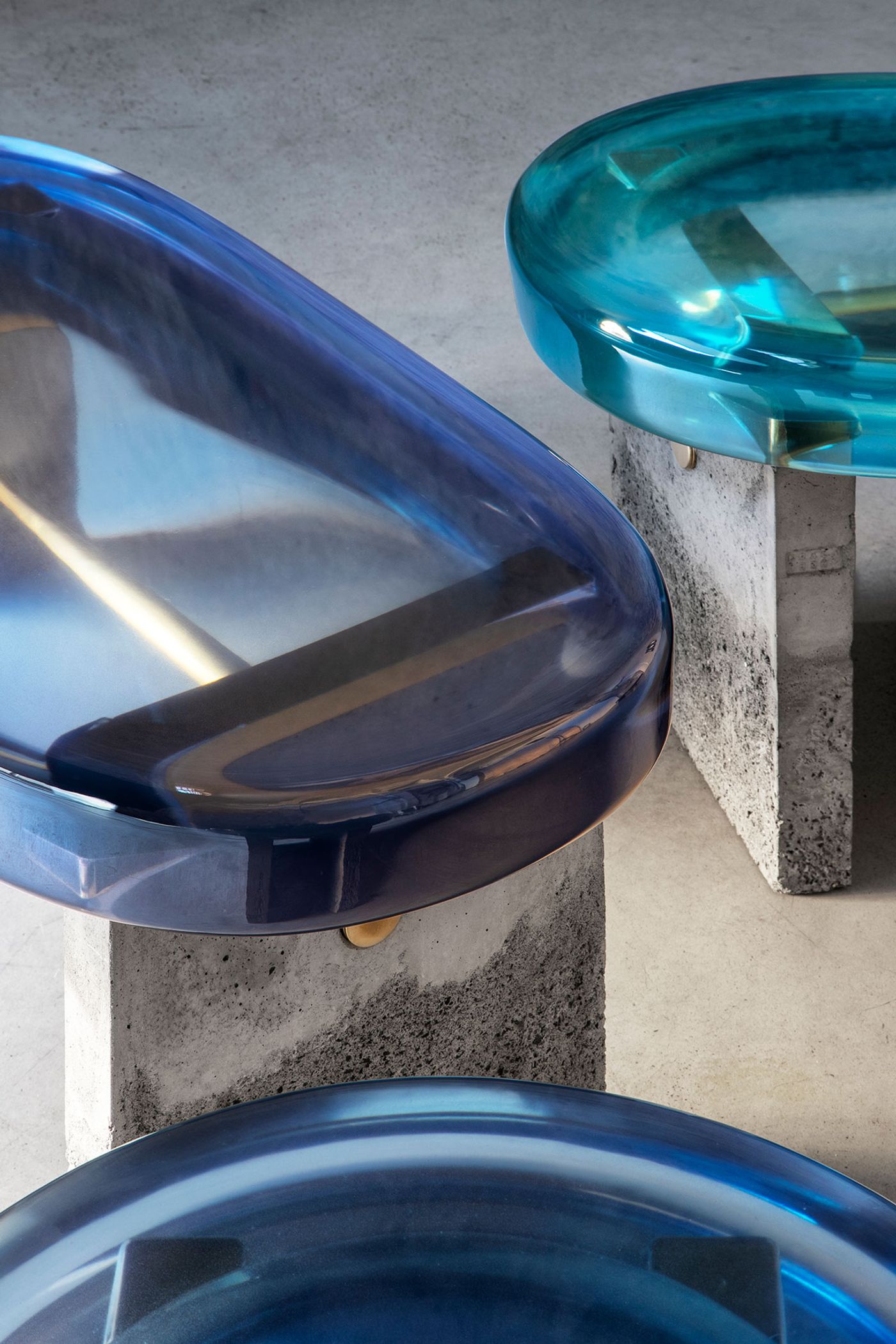
GOLIA stools by Draga & Aurel.
20/21 SELECTION. Palazzo Valli Bruni.

The RSC armchair by Cristina Vallejo for ELSUR, A reinterpretation of the Roorkhee chair, created during the 19th-century to be used by the British Army campaigns in India.
20/21 SELECTION. Palazzo Valli Bruni.
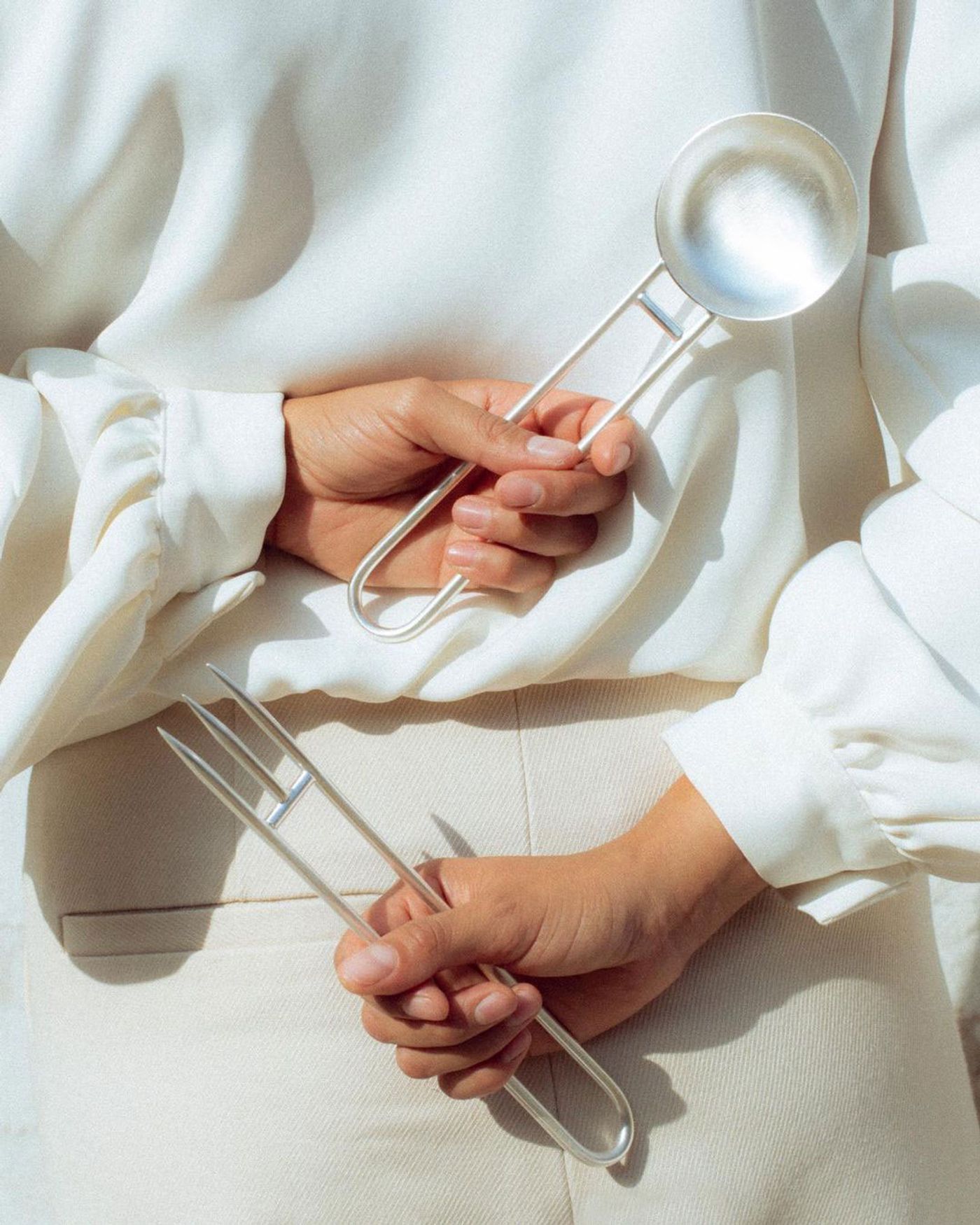
Cutlery set by Natalia Criado. Photo by Carmen Colombo.
20/21 SELECTION. Palazzo Valli Bruni.
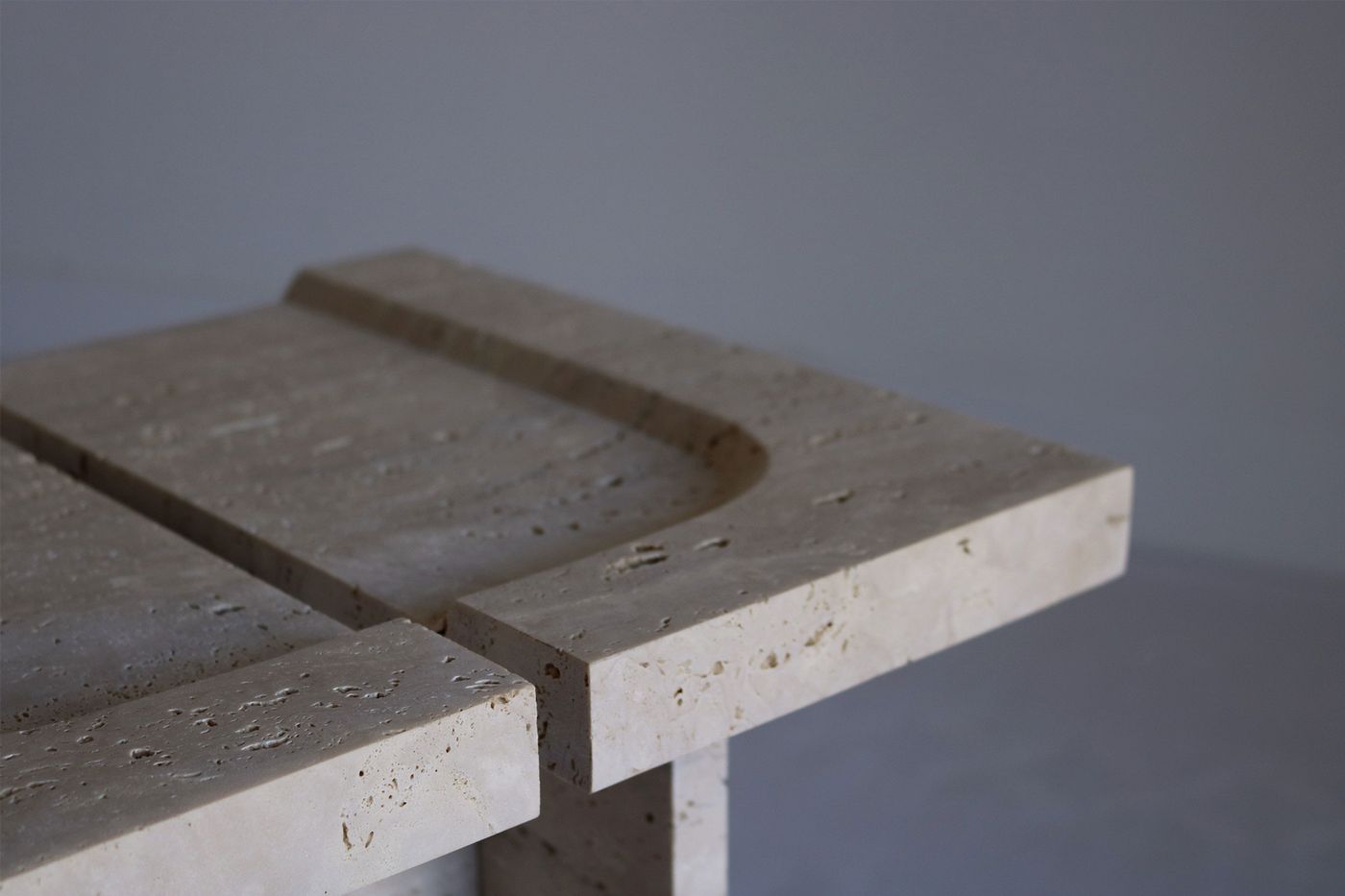
Kahn Roman travertine remnant carved stool by Sanna Völker.
20/21 SELECTION. Palazzo Valli Bruni.
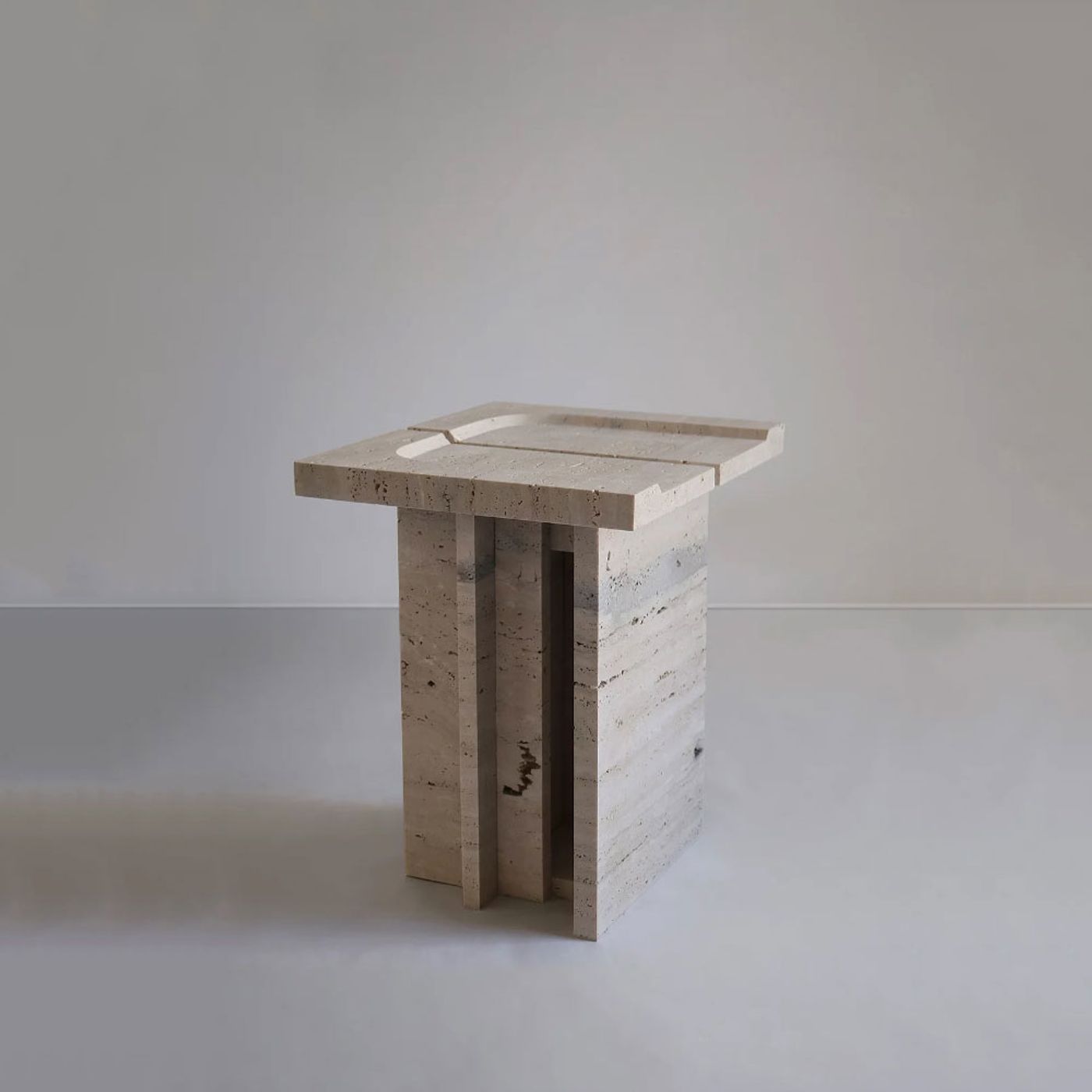
Kahn Roman travertine remnant carved stool by Sanna Völker.
20/21 SELECTION. Palazzo Valli Bruni.